- Home
- ~ Camino Portugués (The Portuguese Way)
- Day Fifteen, Senda Litoral, Porto to Vila do Conde
Jump to Camino Portugués Stages
Day Fifteen on the Senda Litoral of the Camino Portugués
~ Sé do Porto to Vila do Conde, 32.67 Km (20.3 Miles)
Just so you know, the PilgrimageTraveler.com is an associate of Booking.com, Roamless, and Amazon. As an associate of these merchants, we earn from qualifying purchases from our links.
Our day fifteen on the Senda Litoral of the Camino Portugués began our coastal journey from the Sé do Porto to Vila do Conde. We used the riverfront and seashore route entirely for our day fifteen and not the separate and distinct Coastal Route, which eventually joins the Senda Litoral in Vila do Conde. To see the Coastal Route for day fifteen, please click here.
On our first pilgrimage here, we decided that from Porto to Redondela, where the western routes join the Central Route, that we would follow the seacoast via the Senda Litoral as much as was practical. We did this simply by keeping the sea to our left for most of the time!
However, there were quite a few places where indeed, it was not practical to follow the shoreline, there was no path, or I was too tired to go the extra distance, so in those circumstances we used the separate Coastal Route.
The Portuguese Way beyond Porto was like starting the Camino anew, with many new faces, and the totally different terrain of the coast. It would take some adjusting from the solitary first half from Lisbon!
"Our task is to learn that if we can voyage to the ends of the earth and find ourselves in the aborigine who most differs from ourselves, we will have made a fruitful pilgrimage. That is why pilgrimage is necessary in some shape or other. Mere sitting at home and meditating on the divine presence is not enough for our time. We have to come to the end of a long journey and see that the stranger we meet there is no other than ourselves -- which is the same as saying that we find Christ (the Divine) in him." ~ Thomas Merton, From 'Mystics and Zen Masters'
🙋♀️ Why Trust Us at the Pilgrimage Traveler?
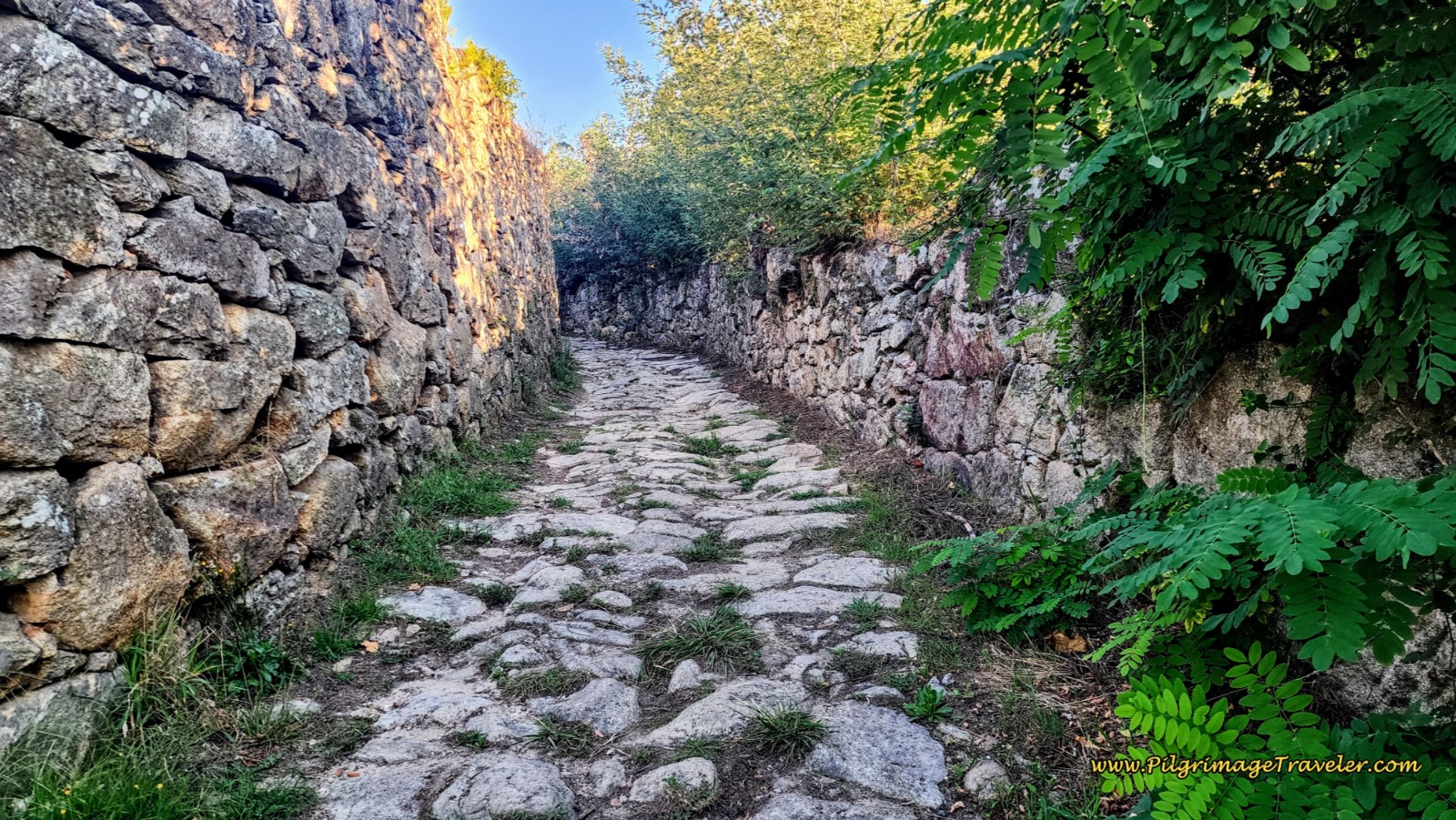
We’re not a travel agency ~ we’re pilgrims, just like you.
We've walked Pilgrimage Routes Across Europe!
💬 We’ve:
- Gotten lost so you don’t have to. 😉
- Followed yellow arrows in the glowing sunlight, the pouring rain and by moonlight. ☀️🌧️🌙
- Slept in albergues, hostals & casa rurals. Ate and drank in cafés along the way. 🛌 😴
- Created detailed and downloadable GPS maps and eBook Guides, full of must-have information based on real pilgrimage travels. 🧭 🗺️
- Shared our complete journeys, step by step to help YOU plan your own ultimate pilgrimage and walk with your own Heart and Soul. 💙✨
Every detail is from our own experiences ~ no fluff, no AI rewrite. Just fellow pilgrims sharing the way. We add a touch of spirituality, a big dose of ❤️ and lots of wisdom from the road.
Ultreia and Safe Pilgrimage Travels, Caminante! 💫 💚 🤍
Map and Stats of Day Fifteen, Senda Litoral, Camino Portugués
Since we stayed in the Holiday Inn, in the southern suburbs of Vila Nova de Gaia (we had hotel points to use so our stay was free!), we took a taxi to the starting point at the Sé (cathedral) do Porto. It was to be a long day, and we did not want to add the extra 2 kilometers from our hotel.
If you are planning to stay in Porto, there is only one municipal albergue in the north of town, far from the center, the Albergue de Peregrinos de Porto. Even farther north and off-Camino is the donativo albergue, Refúgio de Senhora da Hora, if you don’t mind walking 2.5 km west from the Central Route towards Matosinhos.
I placed on my interactive map below, many accommodations with the word "hostel" in the name, to help you locate other inexpensive places to stay.
There are many other accommodations in Porto, and you can pre-book them all. This may be necessary to get the best price and/or best location for your needs. Click here to see your choices on booking.com. They are always running specials, especially in this large tourist city! We have also stayed at the Chateau Flores and enjoyed it's apartment, with a kitchen to cook for an early Camino start when we walked the Central Route.
I placed many services on my interactive Google map, below, and places of interest along the way. There are so many places to eat on this day, that I only placed ones where we stopped.
For your convenience, I have also included the GPS tracks for the traditional, coastal route, in blue on the map below. It is about five kilometers shorter, to do the coastal route, for a 27.4 kilometer day (17.03 miles).
Many pilgrims choose to start their journey from the Porto airport, so if this is your desire, the coastal route walks right by the airport. If you start there, you also have the option to head west at the Igreja São Tiago de Labruge in the town of Labruge and finish your day on the Senda Litoral.
If you plan to stay the night near the airport, there is only one inexpensive hostel, the AirPorto Hostel. But if there are two of you, there are many inexpensive hotels as well. Click here to see them, or go to the interactive map below.
As you can see, the change in elevation for the day is minimal, 63 meters (204 feet) and most of it is the drop from the cathedral to the river, first thing. Then it is just mild upsy downsies, as you would expect when following a waterfront.
Camino Portugués eBook Guides
Our Downloadable Camino Portugués eBook Guides in PDF Format contain all the valuable information from our web pages, for comfortable reading offline and without ads on your personal device. Don't carry a hard copy guide book to increase your pack weight. Use our digital guides on your next Camino instead!
Our ebook guides are packed with frequently updated information, because a digital format is more nimble than hard-copy publishing. Our eBook Guide is unique because we also entertain and immerse you with our story! Click on any eBook above for more information.
Buy only what you need OR buy ALL FOUR eBooks for the price of THREE - a 25% savings! Click here for more information or BUY NOW at only 17.85!
Jump to Camino Portugués Stages
The Senda Litoral to Matosinhos ~ The Camino Less Traveled
The Portuguese way from Porto to Matosinhos via the Senda Litoral is most certainly an untraveled route. We saw very few pilgrims. We found this way to be most beautiful, peaceful and soul-nurturing. However, that is only if you leave early in the morning. We found it to be a totally different experience if we left later in the day.
There is something to me, about walking along a waterway and the ocean that is calming and extremely pleasurable.
Yes, this route is longer than the Caminho da Costa that walks through the northern part of Porto and its suburbs (which we actually found to be interesting, not at all undesirable). But because walking through the suburbs of any city is thought to be undesirable, this is why almost everyone doing the Coastal Route takes the Metro to Matosinhos.
Pilgrims on the Metro ~ you don't know what you are missing! Future pilgrims on the Senda Litoral of the Camino Portugués, keep reading!
Photo-Rich Travelogue of Day Fifteen, Senda Litoral, Camino Portugués
In the early morning light, our taxi dropped us off in front of the Statue of Vimara Peres, the knight on the horse by the Cathedral of Porto. All was still and quiet, a stark contrast to our prior visit at midday. The morning was dark and gray.
 The Sé do Porto, Start of the Sendal Litoral
The Sé do Porto, Start of the Sendal LitoralThere are many ways to begin on the Senda Litoral from the cathedral. The easiest and shortest way to get to the waterfront (barely 400 meters distance) and the way I now recommend, unless you have knee issues or despise stairs, is to take the quaint Escadas (Stairway) Route.
Begin this route by walking across the cathedral plaza, past the tall column out front, the Pillory of Porto, heading southward towards the river. (My photos of this route are in the bright light of another day!)
First, look for the large white building on the south side of the plaza, the Bishop’s Palace and walk on the Rua de Dom Hugo to the right side of the building and onto this ramp and stairs, below.
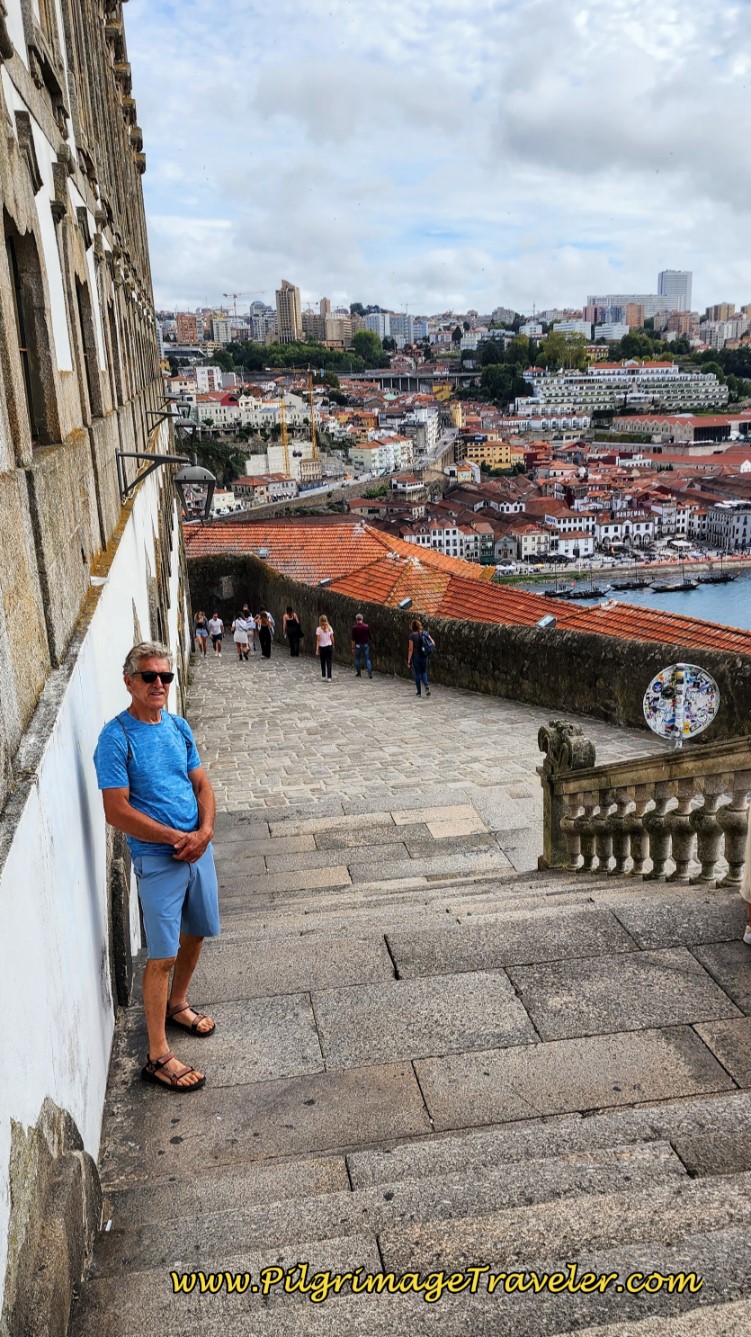 Take Ramp and Stairs by Bishop's Palace
Take Ramp and Stairs by Bishop's PalaceAfter strolling down the ramp and around the bend, in less than 100 meters you will see this lovely little chapel, the Capela Nossa Senhora das Verdades.
 Turn at Capela Nossa Senhora das Verdades
Turn at Capela Nossa Senhora das VerdadesTurn right just before the chapel and head down the steep stairs, called the Escadas das Verdades. A close up of the stairs is shown below.
 Steep Stairs of the Escadas das Verdades
Steep Stairs of the Escadas das VerdadesNot even 50 meters later, around another bend, turn right onto yet another set of steep stairs called the Escadas do Barredo, pictured below. This stair system is the main one that is the longest and takes you almost to the river.
Travel down the stairs for another 450 meters or so.
 Continue Down the Escadas do Barredo
Continue Down the Escadas do BarredoNext, come to the stairs intersection shown below. Turn to the left and onto the Rúa Barredo.
 Left Turn Onto the Rúa Barredo
Left Turn Onto the Rúa BarredoFollow this street a few steps to the Rúa Canastreiros, turn left and look for this tunnel on your right. The way is now clear!
 Through Tunnel to the Waterfront
Through Tunnel to the WaterfrontTurn right at the waterfront, and continue along the river another 100 meters, joining the alternative route at the Rua Nova da Alfândega, following its description, farther below.
Jump to Camino Portugués Stages
The Alternative, More Direct Route from the Cathedral With Fewer Stairs
The alternative route from the Cathedral to the watefront is actually a few hundred meters shorter than the stairway route, and it may be easier on the legs. However, this route is fraught with issues.
The first is that the waymarks are sketchy at best and the yellow arrows are no longer very yellow. If you choose this route, make sure you do not veer north and away from the river. There are even some old yellow arrows from prior routes that are now changed but the arrows remain!
As long as you continue down the hill from the cathedral and and stay to your left (south), you will meet the river eventually.
The second issue is that you may encounter metal pavement waymarks that go in the opposite direction, leading you back to the cathedral, which I just don’t get. There are so many waymarks scattered around the cathedral that it is very confusing. If you do not or cannot take the stairway route, follow these directions.
In the photo below, you can see the first yellow arrow across the main entrance of the cathedral. Notice also the blue arrow to Fátima, pointing in the opposite direction.
Walking down from the cathedral on the ramp, pictured below, your new day's adventure begins! You can see a metal waymark on the wall at the bottom of the ramp, leading you back up to the cathedral! See what I mean? Makes no sense, at least not to me!
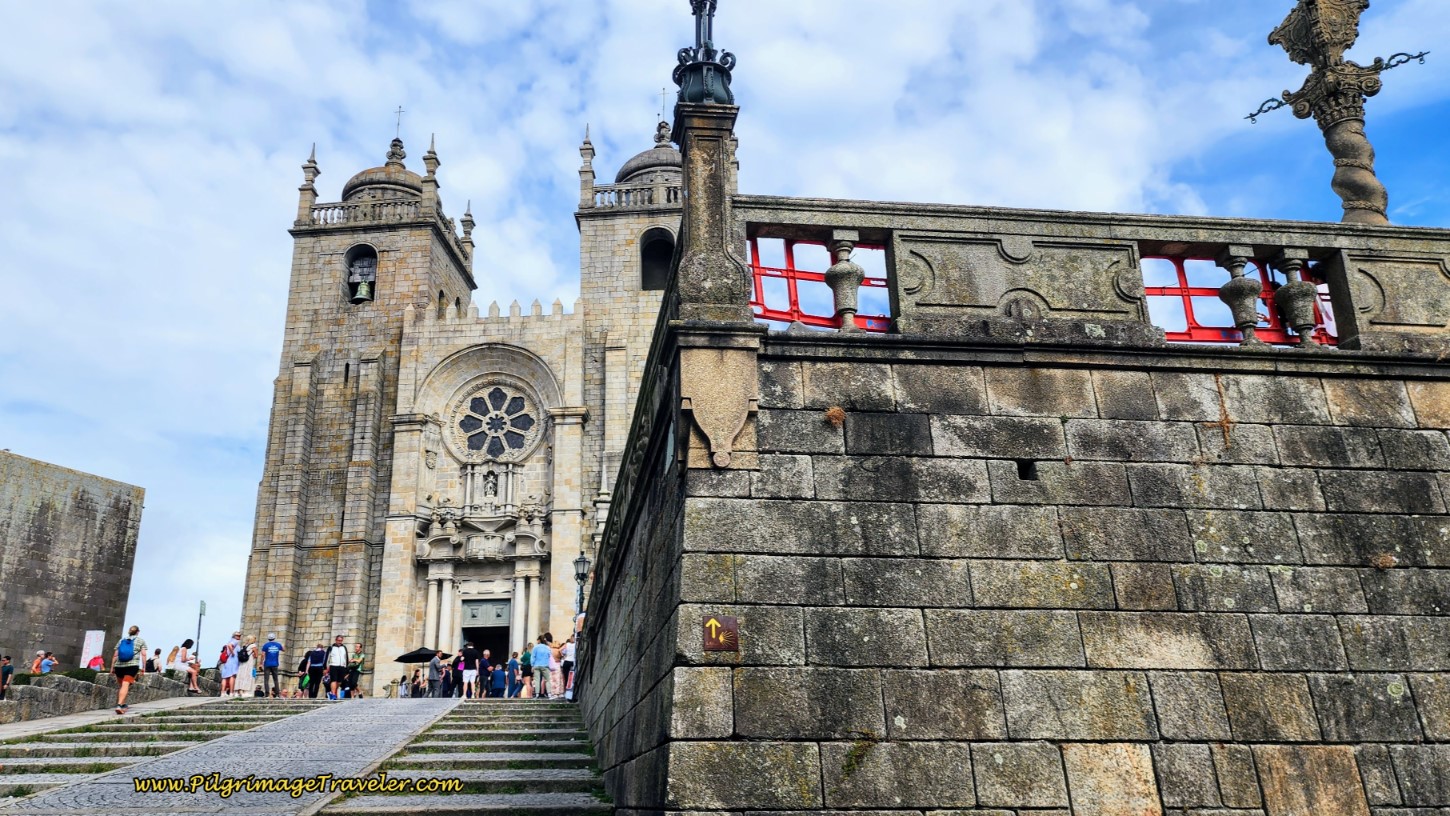 Walk Down Ramp in Front of the Cathedral
Walk Down Ramp in Front of the CathedralAt the bottom of the ramp, turn left and walk by the Pelican Fountain (Chafariz do Pelicano), pictured in my article on Porto. Across from the fountain there is a lovely lookout over the Largo (square) do Colégio. After admiring the view, take the stairs to the left of the lookout, pictured below.
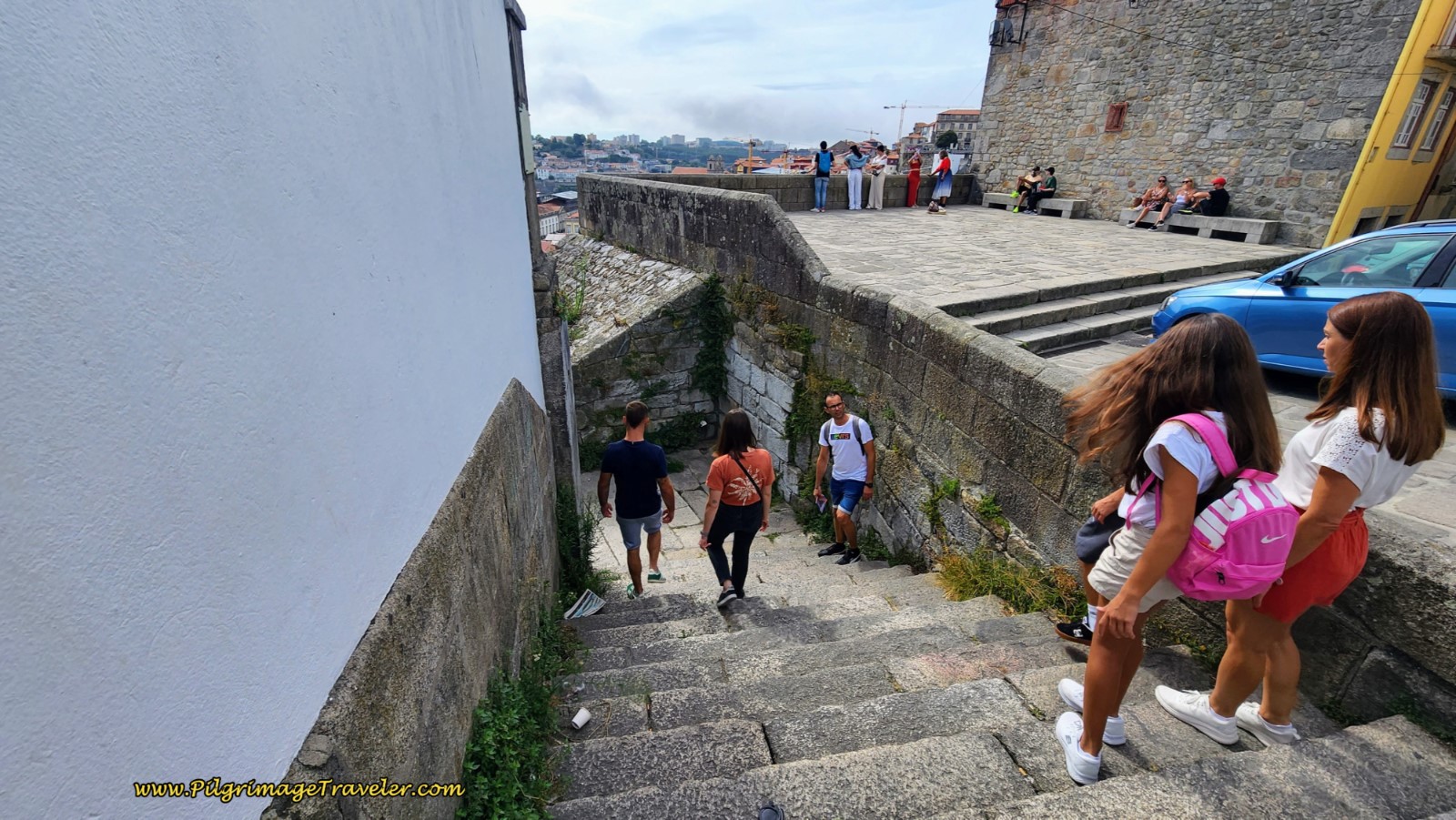 Past the Lookout and Down the Stairs
Past the Lookout and Down the StairsContinue around and down even more stairs to the Largo do Colégio, the square you saw from above.
 Continue Around and Down More Stairs to the Square
Continue Around and Down More Stairs to the SquareA church, the Igreja de Grilos is on your left in this square, not pictured.
After crossing the square, turn to your right to find the Rua de Sant'Ana, below left, walk down it for about 50 meters then turn left onto the Rua da Bainharia at the interesting and different yellow arrow, pictured below on the right.
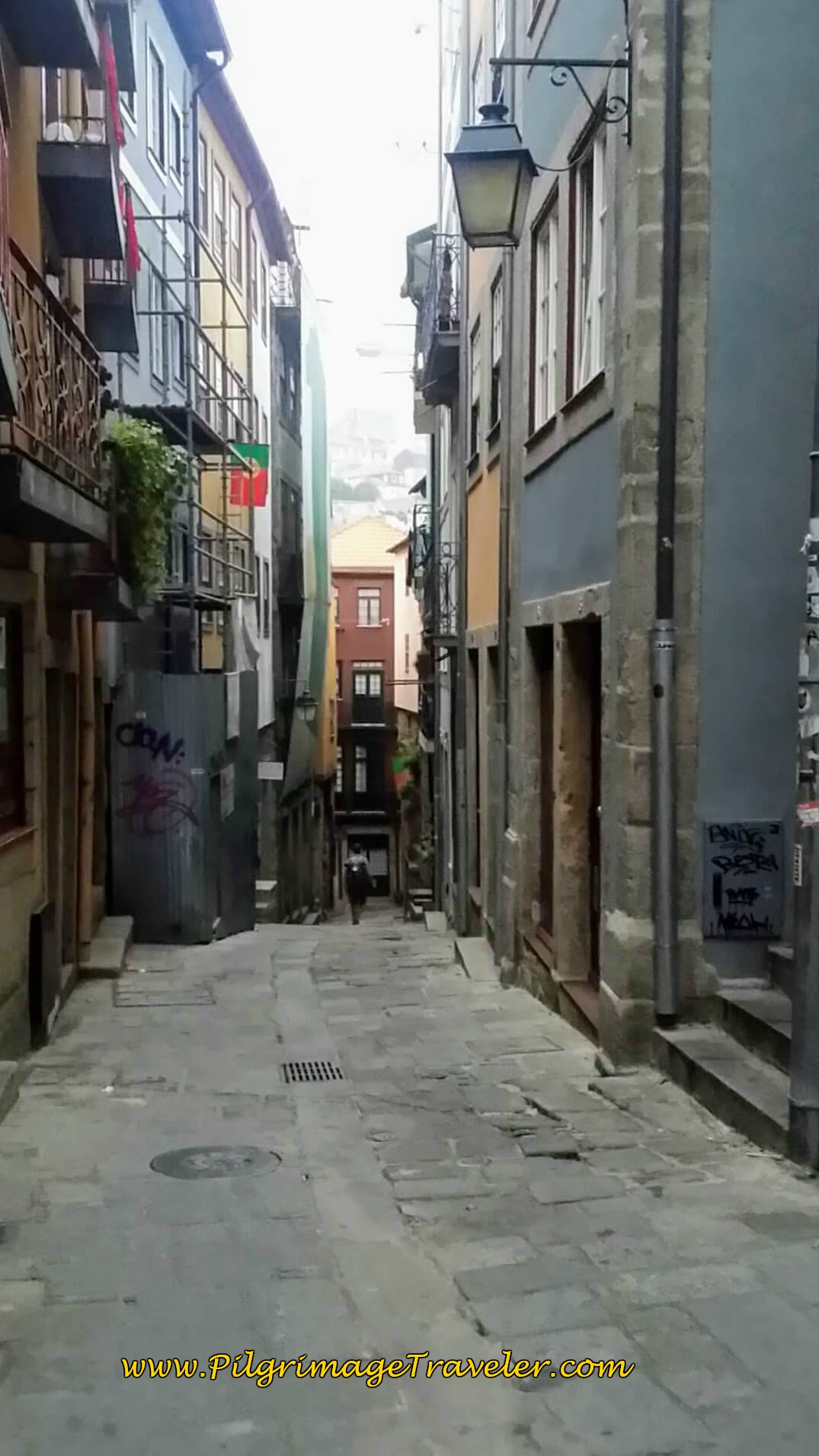 Rua da Sant'Ana
Rua da Sant'Ana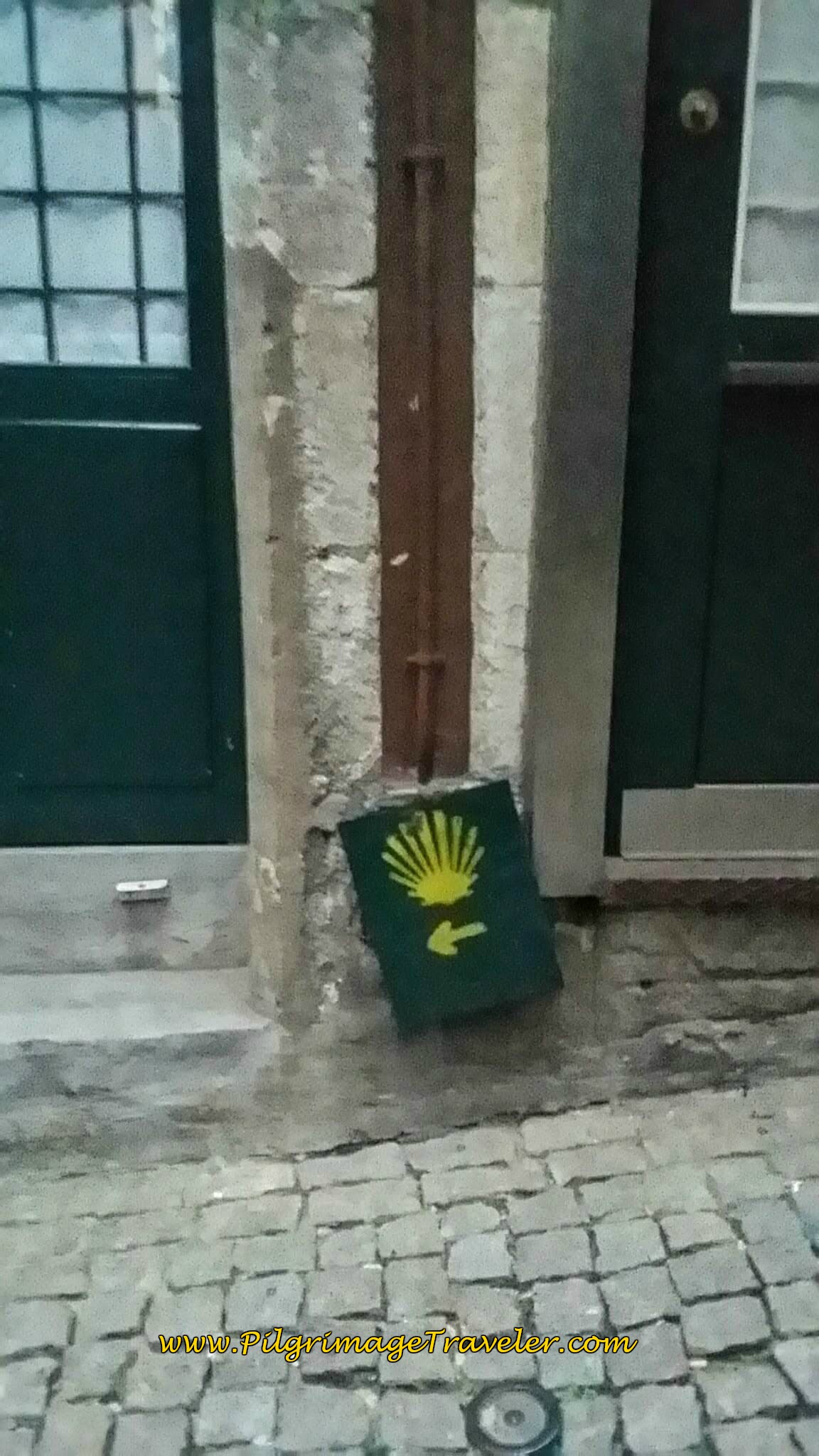 Left Here on the Rua da Bainharia
Left Here on the Rua da BainhariaWalk about 50 meters and take the second left onto the Rua de Mouzinho da Silveira.
From here, just follow the signs to the Igreja de Sao Francisco (San Francisco Church) on the Rua de Mouzinho da Silveira, past the Infante Dom Henrique Park with its statue, turn right onto the Rua do Infante Dom Henrique and walk past the San Francisco Church.
After the church of San Francisco the street bends to the right onto the Rua Nova da Alfândega. This is where you join the waterfront.
 Joining the Waterfront on the Rua Nova da Alfândega
Joining the Waterfront on the Rua Nova da AlfândegaIt is a good five kilometers (three miles) along the River Douro from when you hit the waterfront to the harbor entrance at the Atlantic Ocean.
There are absolutely no signs or arrows designating the Camino along this river route. There is absolutely nothing to worry about as you just continue along the Douro River, keeping it to your left. It is impossible to get lost.
Alfândega in Portuguese means customs, and sure enough, we encountered this building, below, the Customs area, with galleries and museums.
 Customs Building and Museum, Day Fifteen, Senda Litoral, Camino Portugués
Customs Building and Museum, Day Fifteen, Senda Litoral, Camino PortuguésTrue to Portuguese fashion, a street changes names frequently, and here, by the Neya Hotel the street becomes the Rua de Monchique.
Next pass the distinctive Igreja Paroquial de Massarelos, with its blue azulejo tile.
 Igreja Paroquial de Massarelos
Igreja Paroquial de MassarelosJust shy of halfway to the Atlantic Ocean is the bridge, the Ponte da Arrábida.
The reflections of the bridge on the river mirrored my own reflective mood. It was so quiet and undisturbed as we walked along, before most of the city had even begun to move. The sky itself cast a subdued light on this misty and moody morning.
I reflected on why few pilgrims choose to walk this most glorious Way! I think someone, somewhere makes the determination that it is best to take the Metro to Matosinhos, and others follow, and the sentiment grows until it becomes the standard way!
I was very happy to be on this road less traveled. So lovely, so peaceful and so nurturing! There was not even cobblestone to rattle my feet along this river walk!
The small boats lined the shoreline along the now Rua do Ouro or "Street of Gold." Indeed!
 Street Becomes the Rua do Ouro
Street Becomes the Rua do OuroThe waterfront area has a lovely park here, called the Jardim do Cálem with this footbridge.
 Rich in the Jardim do Cálem
Rich in the Jardim do CálemOn day fifteen on the Senda Litoral of the Camino Portugués, the Way becomes the Rua do Passeio Alegre with wide open walkways that follow attractive wavy white granite setts. The name of the street essentially means the "Joyful Passageway!" I loved it! I was truly filled with joy as I walked along it.
Yet another park, called the Jardim do Passeio Alegre has wonderful palm trees that line the street as you get closer to the mouth of the harbor. The Joyful Passageway continues!
 Jardim do Passeio Alegre, Day Fifteen, Senda Litoral, Camino Portugués
Jardim do Passeio Alegre, Day Fifteen, Senda Litoral, Camino PortuguésAt the mouth of the sea, a fort called the Fortaleza de São João da Foz guards the harbor entrance. At this point we had now logged in about 6.0 kilometers from the Cathedral, which took us just over an hour. Smooth sailing, indeed.
Jump to Camino Portugués Stages
When the riverfront ended, beyond the jetties, we turned northward to join the seacoast at the Praia (beach) do Ourigo along the Rua Cel. Raúl Peres, below.
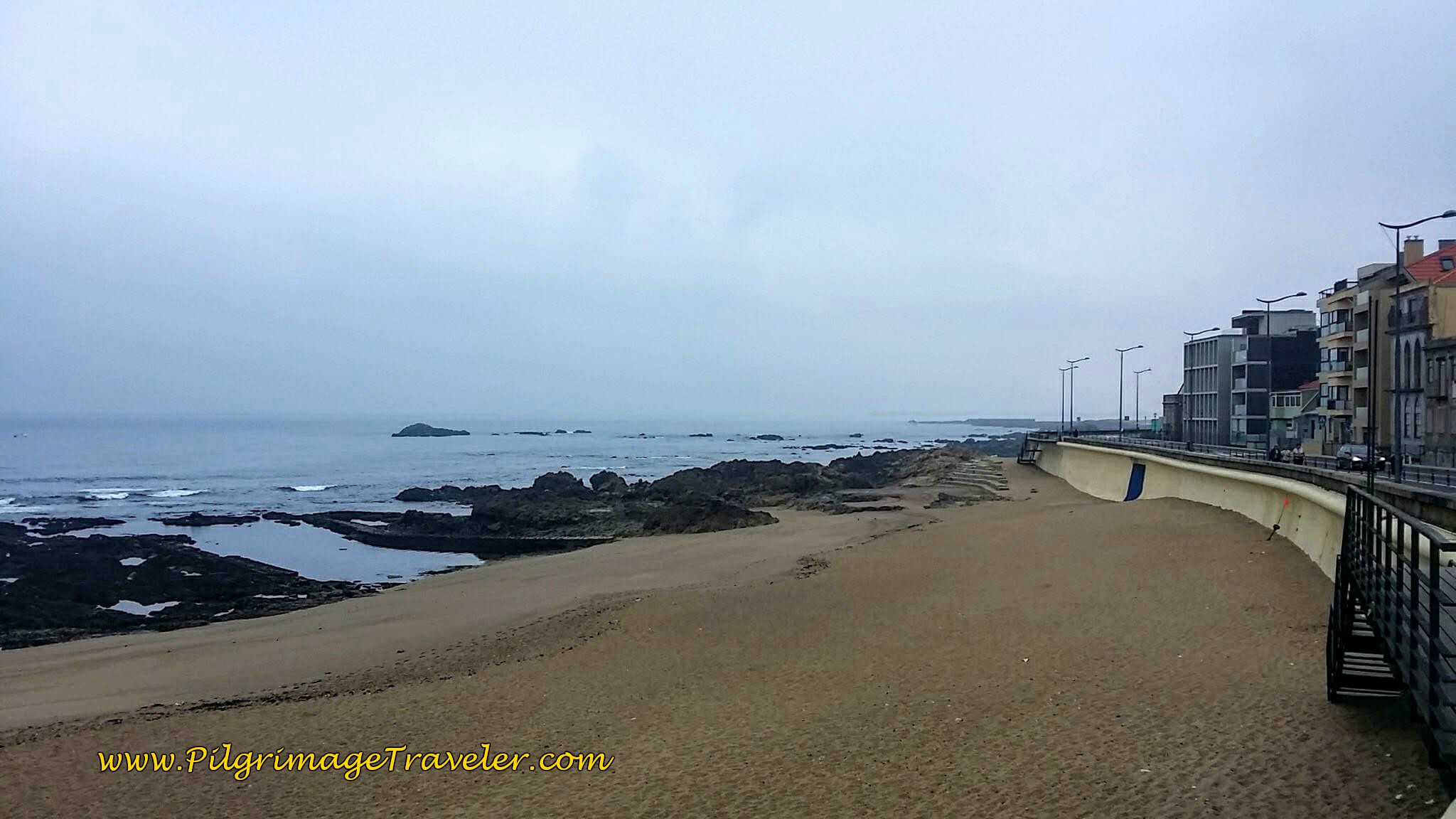 Praia do Ourigo on the Atlantic
Praia do Ourigo on the AtlanticAgain, you cannot get lost here, as you just keep on walking north, keeping the sea on your left. There are lovely promenades along the sea from the town of Foz do Douro (Mouth of the Douro) all the way to Matosinhos where you can laugh at all the Metro riders!
In another 2.5 kilometers or so, after meeting the Atlantic Ocean, at about 8.5 kilometers total, we came once again to the now familiar Castelo do Queijo, on the left side of this large roundabout with the Equestrian Statue of John VI in the center, pictured below. This castle is on the Hop On Hop Off Tourist bus route out of Porto (click to see photos of it) and we had a lovely visit here the day before.
 Equestrian Statue of John VI at the Castelo do Queijo
Equestrian Statue of John VI at the Castelo do QueijoStaying close to the seacoast, walk to the left of the roundabout, past the Castelo on the Via do Castelo do Queijo. The Camino arrives next at another roundabout with a large, red, saucer-shaped sculpture that looks like a giant fishnet, but is called the She Changes ~ Anémona. You can see the weird-shape in the middle of the photo below:
 Castelo do Queijo and the She Changes ~ Anémona Sculpture
Castelo do Queijo and the She Changes ~ Anémona SculptureWe walked past this roundabout to join the Praia de Matosinhos (Beach of Matosinhos) and came upon the very first yellow arrow since the center of Porto. It was a welcome sight! There will now be more of these waymarks to guide you on the rest of this journey!
Matosinhos is a large town, and the Camino leaves the waterfront to walk inland a bit, following the Avenida Norton de Matos toward town. Along the Avenida we came to this building, the Matosinhos Tourist Office, after a total of 10 kilometers. The office was closed when we arrived at 8:30. It opens at 9:30, so if you are here then, use the opportunity to use the available restrooms and get a stamp.
 Matosinhos Tourist Office
Matosinhos Tourist OfficeThere are many accommodations in Matosinhos, you can click here if you would like to see them. The Fishtail Seahouse is a hostel that comes highly recommended by other pilgrimage travelers. It is only a few blocks off-Camino, near the tourist office. There is also the Hostel MSuites where we have stayed and can recommend and the Pensão Leão de Ouro so click on the links to see them.
If you wish to book accommodation next to the waterfront, as you walk northward along the many lovely beaches of Portugal, just remember that pre-booking will be mandatory in high season!
Continue on the Avenida Norton de Matos, then turn left to cross a small park, and left again ont0 the Rua Heróis de França. This street is charming, just by the waterfront, and it is lined with seafood restaurants and a seafood market. If the timing is right for you, you could try out a meal here. All of Porto comes to Matosinhos to eat seafood here! We tried out the Marisqueira dos Pobres, a few meters off-Camino, when the sardines were in season and they were excellent and a great value!
The street makes a bend inland and along the Rio Leça becoming the Avenida Eng. Duarte Pacheco. You are now at the dock area, where large ships are seen. I did not find this area ugly either, but very interesting, though quite full of traffic, so be aware! You can just make out the ship on the left in the photo below.
 Docks Along the Rio Leça
Docks Along the Rio LeçaBelow is where we turned right, off the Avenida Pacheco at the famous Matosinhos Metro station, pictured here. The station is the building with the rounded façade up ahead. You are about 11 kilometers into the day at the station.
 Approaching the Matosinhos Metro Station
Approaching the Matosinhos Metro StationWe entered the Largo José dos Santos Lessa and crossed the tracks to walk by the station. This is where most pilgrims start their Caminho da Costa. It is standard to begin their walk here, by taking the Metro from Porto to Matosinhos. It is ubiquitous advice that I believe needs to be re-evaluated!
Because the Metro station is where most coastal pilgrimage travelers start, we knew that from this point forward, the face of our own Camino was going to change dramatically. Our solitary walk was coming to a close.
The pilgrimage traveler needs to walk past the station on the Rua Álvaro Castelões and look for the blue, spiral pedestrian stairway up to the bridge. It is very easy to spot.
This bridge is actually a drawbridge, so hopefully you will not have to wait to cross!
After crossing the bridge, we came to a roundabout, where the Camino turns to the left onto the Rua Hintze Ribeiro, to walk through town.
 Rua Hintze Ribeiro in Matosinhos
Rua Hintze Ribeiro in MatosinhosAt the end of the street through Matosinhos, where the Camino joins the seacoast once again, we spied a café on our left. We stopped for our first coffee break, at the Armazen do Caffe, after walking a total of about 12.3 kilometers.
And sure enough, as we were putting down our packs on the outside cafe table, pilgrims started wandering by. Here are two, in orange, below.
 Turn Right on the Avenida Liberdade to Follow the Sea
Turn Right on the Avenida Liberdade to Follow the Sea(Take note that along these public beaches, there are often really nice public toilets and water fountains to take advantage of! Even showers, if you need them!)
Walking along the Avenida Liberdade was a joy. A lighthouse up ahead could be seen for a long time.
 Promenade Along the Avenida Liberdade
Promenade Along the Avenida LiberdadeAfter walking by the lighthouse, on walkways that parallel the Avenida Liberdade, we came to the Praia Azul (Blue Beach). Let the boardwalks begin!
Have I stated yet, that I love the seacoast?? For the rest of day fifteen on the Senda Litoral of the Caminho Portugués da Costa, it is mostly on lovely, feet, legs and hip-forgiving boardwalks!
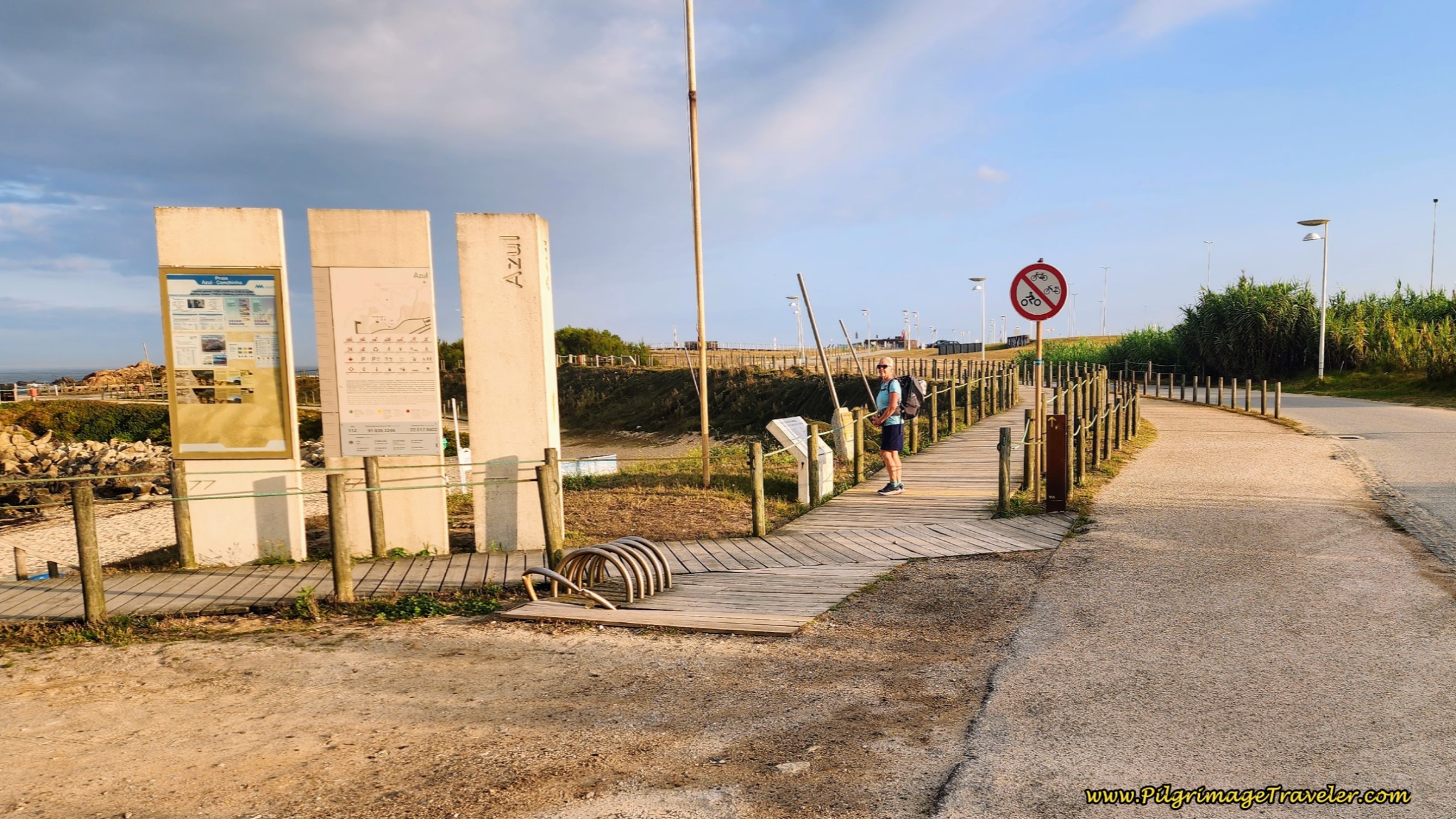 Entering the Praia Azul Boardwalks
Entering the Praia Azul BoardwalksThe first treasure we walked by was this little chapel, below, and the look-out behind it. Look for it around 13.9 kilometers into the day, just before the boardwalk begins. There is also an old, round, stone flour mill to look for on your right.
I was happy to be down on the boardwalk level, by the beach, rather than up on the road that goes by the oil refinery, below. I just looked left!
 Praia Azul, Next to Oil Refinery
Praia Azul, Next to Oil Refinery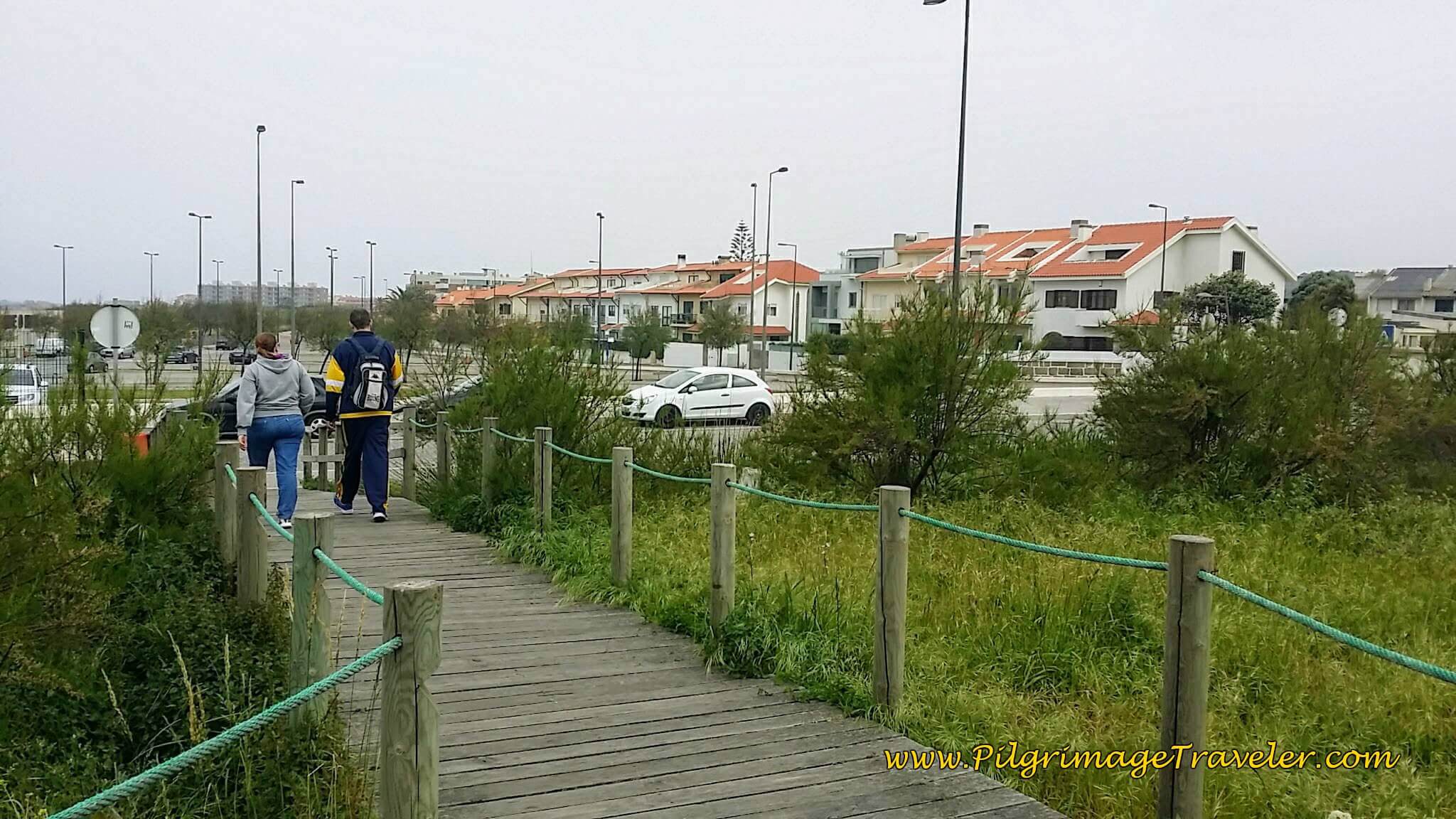 Boardwalk Turns Inland Towards Beach Houses
Boardwalk Turns Inland Towards Beach HousesAfter this stretch of boardwalk, above, that walks along the Praia do Cabo do Mundo, the Camino joins the Rua de Almeiriaga Norte, but along a nice pedestrian/bikeway for about one-half kilometer, then turns left off the street at this juncture, by the Pé no Mar Restaurante/Bar, below. You are at about 17 kilometers from the cathedral at this restaurant on the Praia do Facho.
 Turn Left Off Rua de Almeiriga Norte at the Praia do Facho
Turn Left Off Rua de Almeiriga Norte at the Praia do FachoBack on the boardwalk at the Praia da Memória, the Obelisk Memorial is the next landmark ahead after about a total of 17.7 kilometers.
This obelisk commemorates July 8th, 1832 when King Pedro and his men disembarked here to march into Porto and lay it under siege, thereby overthrowing the Absolutionist regiment. This monument was completed in 1864.
 O Obelisco da Memória
O Obelisco da MemóriaNext up is the lovely Praia do Marreco, below.
Jump to Camino Portugués Stages
Just beyond the beach, above, the entrance to the next 600 meters of boardwalk after the Praia do Marreco, pictured above, by the town of Agudela is pictured below.
 Praia do Marreto Boardwalk
Praia do Marreto Boardwalk Boardwalk Just Beyond Praia do Marreto
Boardwalk Just Beyond Praia do MarretoIt is easy enough to turn right at the closure and an immediate left onto the Rua da Agudela, then the Rua do Areal, followed by another left onto the Rua das Dunas which walk you though town and past several restaurants.
The boardwalk that is closed and the streets described through town almost identically parallel one another. The routes meet again on the north side of town.
After walking on the Praia da Agudela boardwalk (or the street detour), pass another entryway to the Agudela beach, below.
 Passing Entry to the Praia da Agudela
Passing Entry to the Praia da AgudelaContinue on the beach pathway, bending to the right, then leave it to connect to the next boardwalk system on the long, wide Praia das Pedras do Corgo, below.
 Praia das Pedras do Corgo is Next
Praia das Pedras do Corgo is NextAfter walking across the Praia das Pedras do Corgo, suddenly, a lovely café presented itself, with tables right along the beach, at the Melanina Bar and Restaurant. Rich and I looked at one another and said, "heck yeah!" and went in to sit at this table with the best view, below. Our first official meal by the ocean! It was almost another 8 kilometers we had walked since our last break and a total of 20 kilometers for the day.
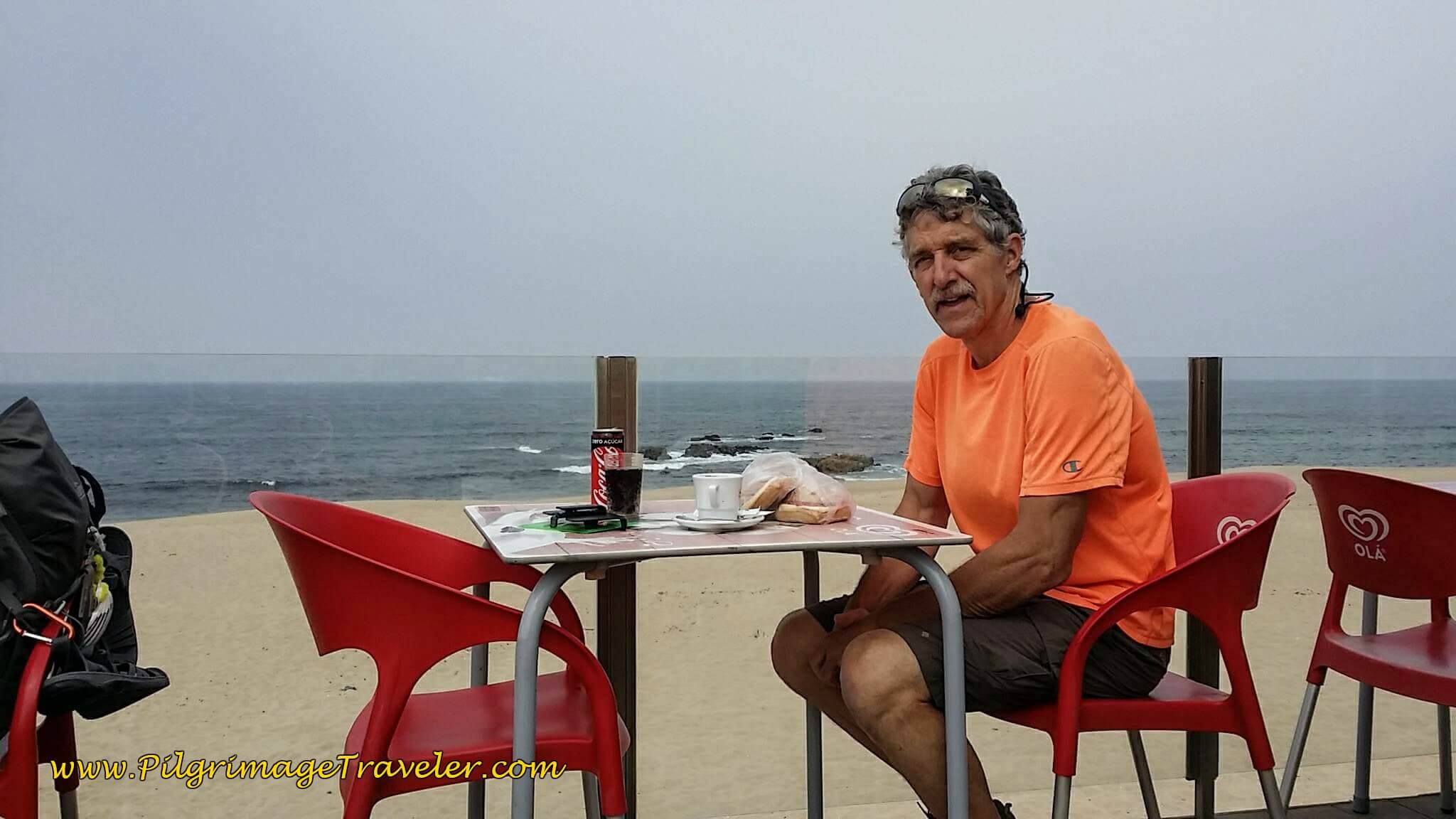 Lunch with a View at the Bar Melanina
Lunch with a View at the Bar MelaninaWhile having our break, we noticed two pilgrims entering the cafe shortly after us. They noticed us as well and we struck up a conversation. Rob from Australia and Steve from England.
We all set off together to walk the final 12 km or so to Vila do Conde. Below are the three gents, Steve, Rob and Rich which I followed most of the rest of the way. The gents were on more of a mission than I.
We walked to the Praia da Funtão in Lavra, below, (with nice toilets at the end in the parking lot)...
...and through Angeiras and its beaches of the same name, the Praia Angeiras Sul (South) and Praia Angeiras Norte (North).
After a lengthy lunch break, I was always a bit happier. I was so thrilled to be walking more on the "spongy" boardwalk, that my heart was singing out loud!
In Angeiras, there is a point of interest that the Camino walks right by, right along the boardwalk, the Roman Tanks (Tanques Romanos) that were built for salting their fish. See here for more info. You will find it at about 21.3 kilometers.
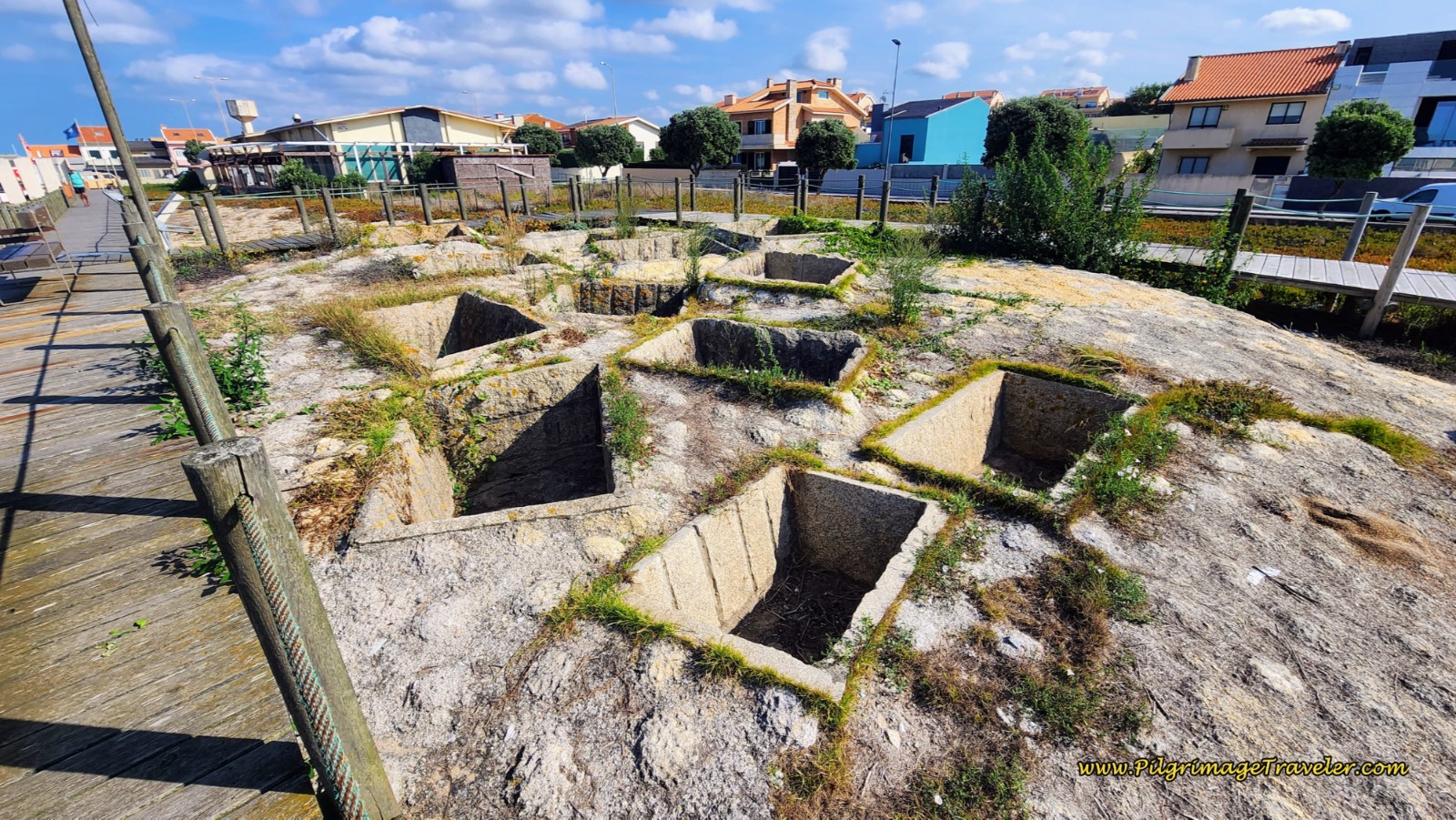 Tanques Romanos
Tanques RomanosThis area has clearly been in the fishing industry for centuries, and just north of the Tanques is a quaint fishermen's beach. From the boardwalk we joined the beachfront road in Angeiras, lined with fishing boats and fishermen's pots right along the streets. A great diversion along the way.
You will come to a waymark along this waterfront street that leads you to the right, then an immediate left and into the center of town. Go this way if you need a café, otherwise, you can just stick to the waterfront to bypass town.
After the beachfront, we joined the long Avenida da Praia de Angeiras Norte and its boardwalks to walk into the town of Labruge. Here we walked along the Rua da Marginal for a few hundred meters.
In Praia de Labruge at the end of the Rua da Marginal, where the boardwalk begins again, you will see a restaurant, O Banheiro Labruge, with a bright yellow sign in front for the municipal Albergue São Tiago de Labruge, directing the pilgrimage traveler to the right. The albergue is barely one kilometer off the Camino. We did not stay here, but carried on.
The blue albergue sign a few meters later, at the small roundabout is in the same intersection where the shortcut from the Coastal route meets the Senda Litoral.
If Labruge is your destination, look out for this sign where you will turn right. There is also the Casa da Praia Guest House and the Smiling Faces Guesthouse along this turn. It is approximately 23 kilometers into the day when you reach this turn.
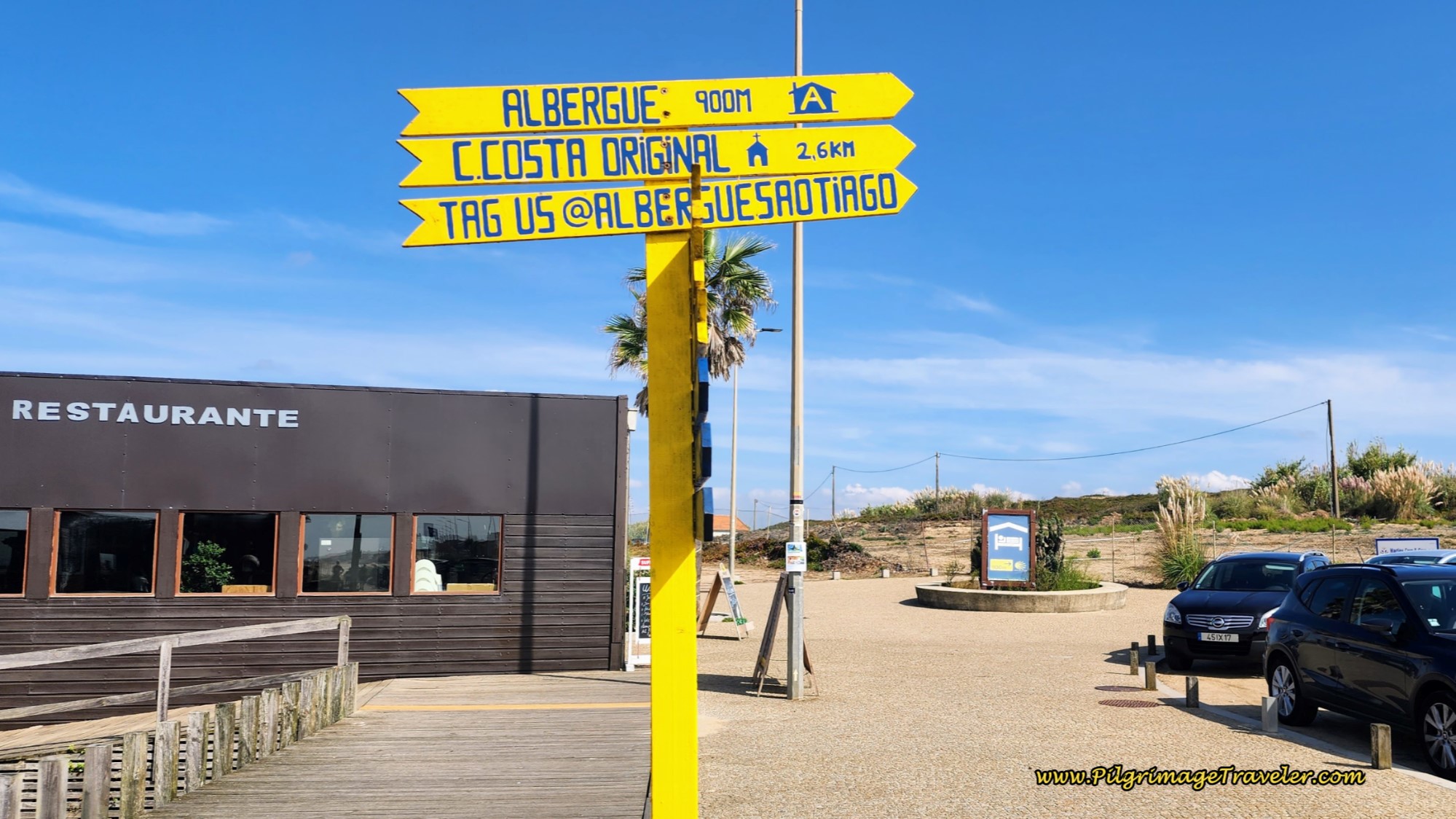 Sign for the Albergue São Tiago de Labruge
Sign for the Albergue São Tiago de LabrugeJump to Camino Portugués Stages
Leaving Labruge, the boardwalk shows some disrepair, so care is needed. The next destination is the high point ahead at São Paio, less than one kilometer away.
Walking along and chatting with Rob, I learned he was battling a chronic illness, and was walking his Camino, while he still could. He was a brave soul and his spirit was most admirable. It was his first day ever on the Camino.
 Rob, the Aussie, Walking the Boardwalk Toward São Paio
Rob, the Aussie, Walking the Boardwalk Toward São PaioThe boardwalk is fun here as we approached the high point, walking up and around the rocks to the Geological marker of São Paio at approximately 23.7 kilometers.
There are three Iron Age engravings on the rocks, here at São Paio. In the photo below, we are reading the placard that describes the history of perhaps a Nordic Viking camp that was here and left the marks.
Despite searching around a bit we were unable to find the engravings.
 São Paio Geological Marker on Day Fifteen, Senda Litoral, Camino Portugués
São Paio Geological Marker on Day Fifteen, Senda Litoral, Camino PortuguésThe rocky outcropping created a lovely place for a rest and an apple.
From the high rocks of São Paio, the small chapel can be seen, below. There is also another Iron Age village site, the Castro de São Paio, just below the chapel, if you are interested in poking around more.
I also had the opportunity to chat with Steve and hear his story. This was his second Camino and he had walked with Rob's wife on the Francés. The Camino Family that he had formed on the Francés, was his priority and he was committed to assisting Rob along the way.
Once again on day fifteen on the Senda Litoral of the Camino Portugués, it joins the road, the Rua do Arreira, with continuing boardwalks along the coast and the Praia do Moreiró Norte. The beach is wild here, and in about 1/2 kilometer the road ends, but the boardwalk continues, and shortly once again joins the waterfront road on a sidewalk to walk into Vila Chã along the Avenida dos Banhos.
The Avenida dos Banhos becomes the Rua da Praia with this colorful home and restaurant, at about 24.7 kilometers.
 Colorful House in Vila Chã
Colorful House in Vila ChãThe Rua da Praia becomes the Rua do Facho as the Camino turns farther inland to walk through town. The Way is well waymarked.
 Through the Narrow Streets of Vila Chã
Through the Narrow Streets of Vila ChãWalking through town along the Rua do Facho, you will encounter signposts to the municipal Albergue São Mamede de Vila Chã (+351 934 379 460), like the next photo below, giving you the number of meters left to the albergue. If you wish to stay there follow the signs as it is off-Camino, about 300 meters. At this sign below, we were still 700 meters away.
You will also walk right by the Sandra Cafe and Pensão, +351 919 254 629, the checkered building pictured below on the right, and the poorly marked Alojamento Casa do Largo dos Pescadores, +351 916 844 363, just across the street from the Sandra Cafe. The Casa do Largo dos Pescadores is just beyond the yellow arrow in the photo, on the left.
 Along the Way Arrive at Two Accommodations in Vila Chá
Along the Way Arrive at Two Accommodations in Vila CháIn the center of Vila Chã, when the Rua do Facho takes a strong bend to the left, and just before the turn off to the municipal albergue, you are at about 26.7 kilometers into your day. If you were wondering, it is another 7 kilometers yet to Vila do Conde from here, so assess your energy levels before you continue onward.
 Turn Off for the Albergue in Vila Chã
Turn Off for the Albergue in Vila ChãThe Senda Litoral walks the pilgrimage traveler through town on the Rua do Facho, missing the long beaches of Praia da Terra Nova and Praia de Laderça, but if you were staying here in Vila Chã for the night you could get out there on them!
We continued walking on the Rua do Facho until it became the Avenida Marginal and until it ended and the boardwalk began again. Here it rejoined the beach front at the Praia do Pinhal dos Eléctricos.
After the "Electric" boardwalk, the Camino joins the Rua da Gafa in the town of Gafa only briefly before it heads back on the boardwalk by the Praia da Areia in Areia.
In this area you may encounter broken boardwalk, and sections of boardwalk immersed in sand. These sections are short and should be of no concern.
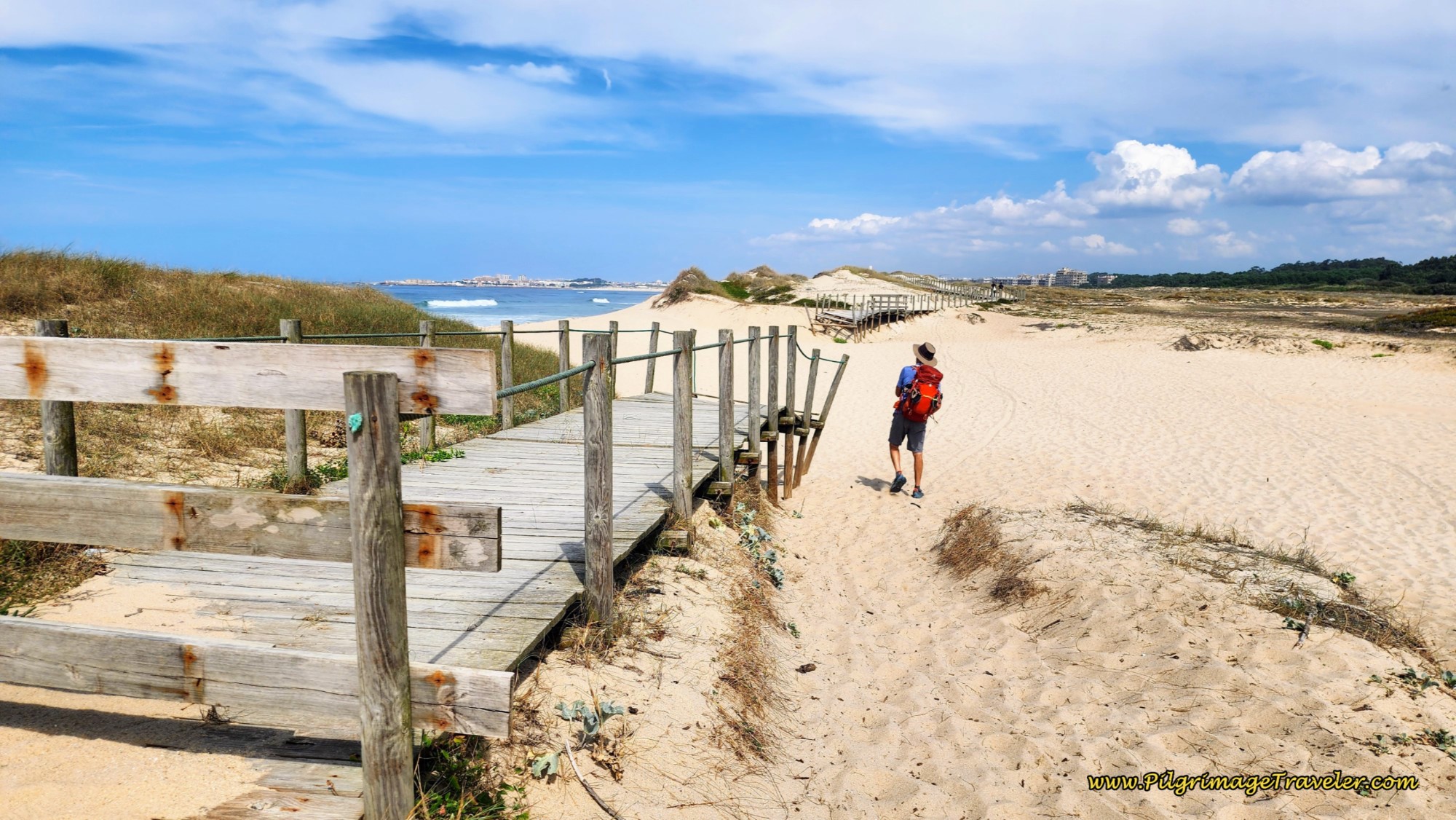 Broken Boardwalk at the Praia da Areia
Broken Boardwalk at the Praia da Areia Boardwalk Submerged in Sand, Praia da Areia
Boardwalk Submerged in Sand, Praia da AreiaHere you are walking through the protected dunes of the Litoral de Vila do Conde e Reserva Ornitológica. You can see Vila do Conde ahead.
We joined the road for about 40o meters, the Rua Dr. Pinto Ferreira, with Praia de Árvore on our left, below, at approximately 29.4 kilometers. Vila do Conde is getting closer!
We left the street again to walk on delicious boardwalks toward the final beach of the day, the Praia de Azurara. Vila do Conde is just ahead.
The boardwalk turns inland, and almost immediately you see a yellow arrow on a post, on the Rua das Salinas, shown below, directing you right and onto a small side street that crosses a flat plain and into the town of Azurara, just south of Vila do Conde.
 Turn Right off the Boardwalk Toward Azurara...
Turn Right off the Boardwalk Toward Azurara...There are still several more kilometers to go from this turn!
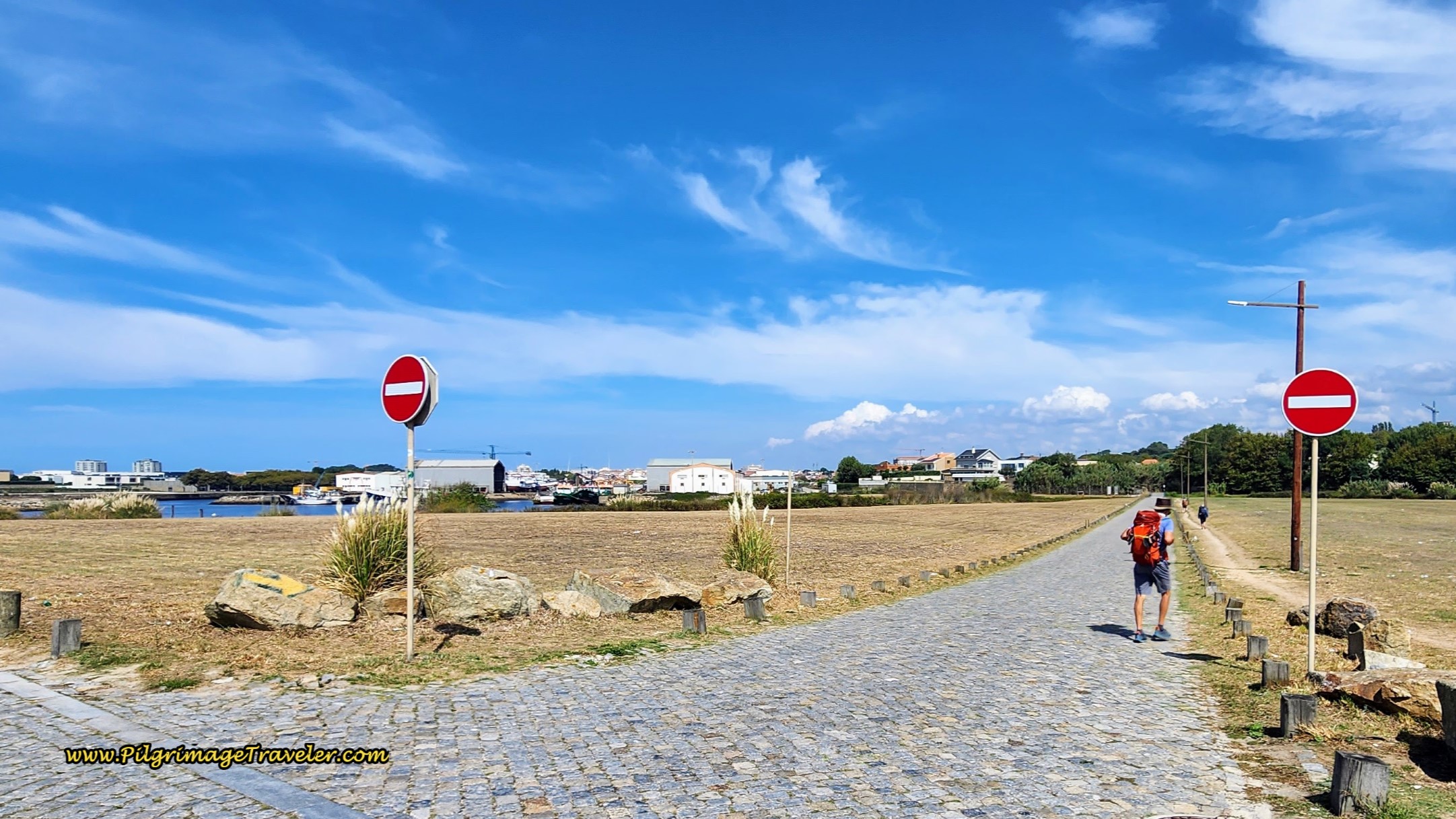 ...And Onto Side Road
...And Onto Side RoadIn a few hundred meters we came to a T-intersection and turned left onto the Rua Francisco Gonçalves Monteiro to walk through Azurara. The way is well signed with arrows. Then where the Ave River comes into sight, the side road ends in this stairway, at an intersection with the N13. below.
 Turn Left at Top of Stairs Onto N13 into Vila do Conde
Turn Left at Top of Stairs Onto N13 into Vila do CondeThere are two accommodations in Azurara, close to the Camino that might meet your needs, the Santana Hotel and Spa, and the Villa C Boutique Hotel.
All of a sudden you are back in "civilization," as you turn left onto the N13 and walk across the bridge into Vila do Conde. The Mosteiro de Santa Clara looms above you as you cross the bridge.
Just beyond the river a few hundred meters is the municipal Albergue de Peregrinos de Vila do Conde Santa Clara. This is a very nice, modern facility that was built in 2016.
There are also three more inexpensive accommodations, the Bellamar Hostel (may be closed temporarily) along the river, the Hostel Two Double One (+351 912 230 442) in the center and the HI Vila do Conde - Pousada de Juventude near the coast. All can be pre-booked.
There are many other accommodations in Vila do Conde, just click here to see all the choices. Just remember that if you wish to stay on the beaches south of town, or anything near the waterfront in high season, pre-booking is almost mandatory! Also keep in mind that there is often a 2-3 night minimum for some of these popular seaside places.
After checking in at the albergue, we met for beers with our new friends in the plaza, the Praça de São João in the Café Saura. The Vila do Conde municipal market is here in the plaza as well.
At the end of the plaza, is a lovely fountain with blue azulejo murals that I noticed while sitting in the café.
Beside the fountain is a set of stairs leading up and to the right, just calling my name to go explore! This stairway leads to the church, the Igreja de São João Baptista and its grand terrace.
The three gents wanted to have their second beer and I wanted to explore the town. I couldn't convince any of them to join me.
So I went to the church myself and beheld the most beautiful Fátima altar I had seen yet. And as it turns out, it would continue to be my favorite of all.
And from the church's terrace, one can behold the Monastery of Santa Clara, built in the 14th century, and the 17th century aqueduct system. How I longed to go see this sight, but after 32 kilometers and no one to go with me, I acquiesced.
The four of us had dinner later. We retired early, with bellies full on a funky double-size lower bunk, happy and content to be on the Sendal Litoral with new friends.
Reflections on Day Fifteen, Senda Litoral, Camino Portugués
There are plenty of services, restaurants and cafés on the Senda Litoral of the Camino Portugués on day fifteen. Keep snacks in your pack for convenience, but there will be no need to carry lots of food and water unless you prefer it.
I thought the boardwalk system after Matosinhos on the Senda Litoral was absolutely fantastic. The forgiving boards were so easy on the feet, legs and hips after all that walking on cobblestone for the first 375 kilometers from Lisbon!
Walking along the waterfronts was so alluring for me. There is something about the sea! And the waterways! Maybe I would have been a good Portuguese sailor!
I welcomed new pilgrimage traveler friends on day fifteen on the Senda Litoral of the Portuguese Camino, but it still felt different. There was a different pace and a new kind of bustle with many more pilgrims on the road. Plus the routes we walked were more metropolitan and the seacoast boardwalks brought lots of walkers, pilgrims and non-pilgrims alike. I can only imagine what summertime brings to this Camino.
Walking behind the three gents, I also felt the need to keep their pace. The pace was doable, yet with the lengthy day, I had to breathe deeply and be grateful for the frequent rest stops.
Rob and Steve's stories were inspiring, and I did try to put myself in their position. It was relatively easy, yet hard in some circumstances. I love to meet new pilgrims, yet this change in pace halfway through our Camino, felt like an intrusion.
I was jealous when Rich wanted to sit, have a beer and chat with our new friends. I wanted to continue to see all that I could see, even if by myself, as it turned out. My husband has incredible social skills and I would now have to share him with others.
I needed to adjust. I knew I would, but I also knew that it would take me some time. Interesting, how I felt the exact reverse at the start of the lonely roads out of Lisbon! But I had adjusted to that and I would adjust to this as well.
Salutation
May your own day fifteen on the Senda Litoral of the Camino Portugués be filled with newness, a change in direction and perception. May you see yourself and the Divine in others that you may understand that we are all more alike than we are different!
Camino Portugués Stages
Lisbon to Porto
Senda Litoral or the Coastal Routes: Porto to Santiago
Skip to Central Route Below, for Final Days 22-25 to Santiago
Central Route: Porto to Santiago
Variante Espiritual
Please Consider Showing Your Support
Many readers contact me, Elle, to thank me for all the time and care that I have spent creating this informative website. If you have been truly blessed by my efforts, have not purchased an eBook, yet wish to contribute, I am very grateful. Thank-you!
Search This Website:
🙋♀️ Why Trust Us at the Pilgrimage Traveler?

We’re not a travel agency ~ we’re pilgrims, just like you.
We've walked Pilgrimage Routes Across Europe!
💬 We’ve:
- Gotten lost so you don’t have to. 😉
- Followed yellow arrows in the glowing sunlight, the pouring rain and by moonlight. ☀️🌧️🌙
- Slept in albergues, hostals & casa rurals. Ate and drank in cafés along the way. 🛌 😴
- Created detailed and downloadable GPS maps and eBook Guides, full of must-have information based on real pilgrimage travels. 🧭 🗺️
- Shared our complete journeys, step by step to help YOU plan your own ultimate pilgrimage and walk with your own Heart and Soul. 💙✨
Every detail is from our own experiences ~ no fluff, no AI rewrite. Just fellow pilgrims sharing the way. We add a touch of spirituality, a big dose of ❤️ and lots of wisdom from the road.
Ultreia and Safe Pilgrimage Travels, Caminante! 💫 💚 🤍
Follow Me on Pinterest:
Find the Pilgrimage Traveler on Facebook:
Like / Share this page on Facebook:
Follow Me on Instagram:
***All Banners, Amazon, Roamless and Booking.com links on this website are affiliate links. As an Amazon associate and a Booking.com associate, the Pilgrimage Traveler website will earn from qualifying purchases when you click on these links, at no cost to you. We sincerely thank-you as this is a pilgrim-supported website***
PS: Our eBook Guide books are of our own creation and we appreciate your purchase of those too!!
Shroud Yourself in Mystery, along the Via de Francesco!
Walk in the Footsteps of St. Francis, and Connect Deeply to the Saint and to Nature in the Marvelous Italian Countryside!
Need suggestions on what to pack for your next pilgrimage? Click Here or on the photo below!
Carbon fiber construction (not aluminum) in a trekking pole makes them ultra lightweight. We like the Z-Pole style from Black Diamond so we can hide our poles in our pack from potential thieves before getting to our albergue! There are many to choose from! (See more of our gear recommendations! )
Gregory BackPack - My Favorite Brand
Do not forget your quick-dry microfiber towel!
Booking.com
My absolute favorite book on how to be a pilgrim:

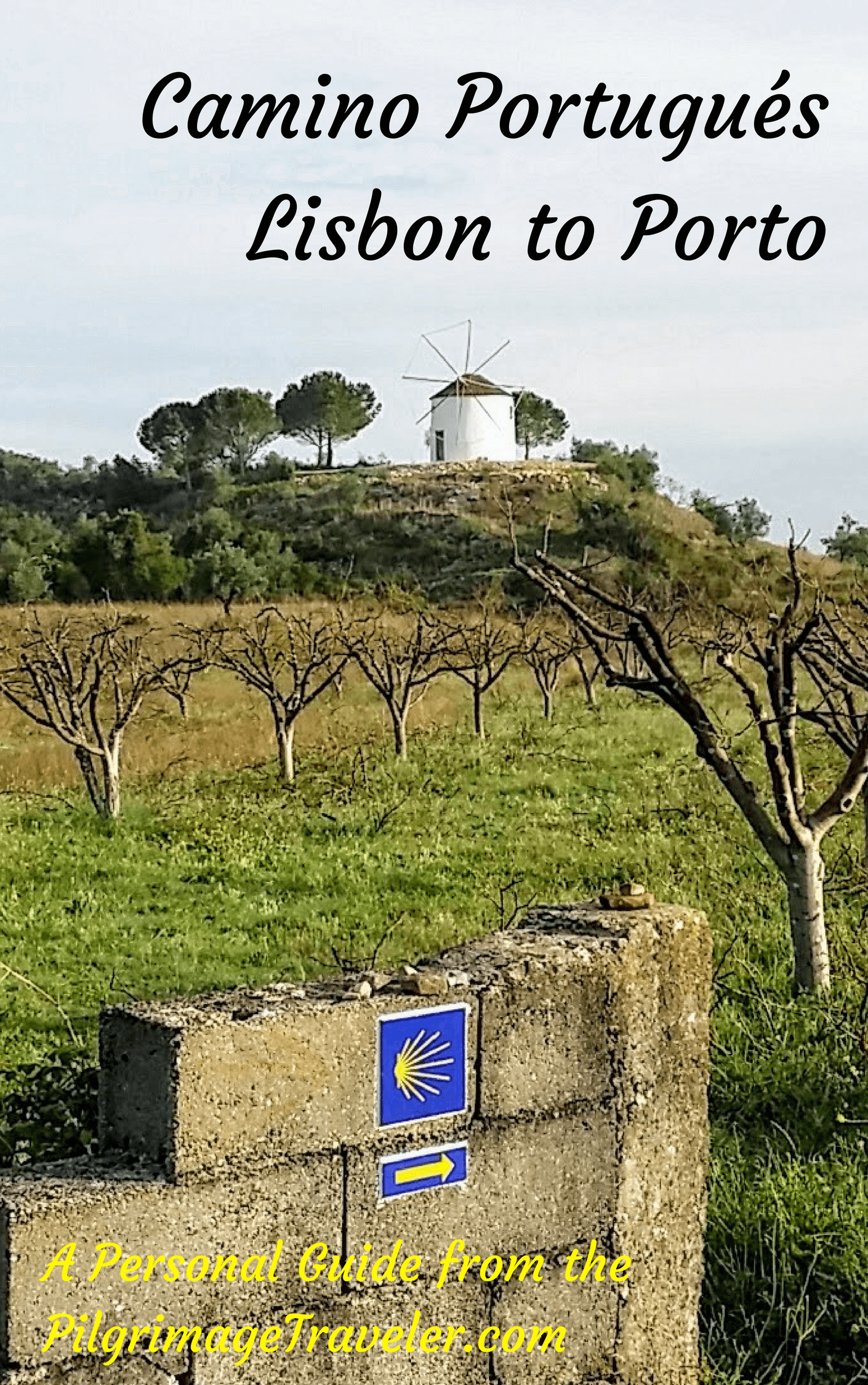






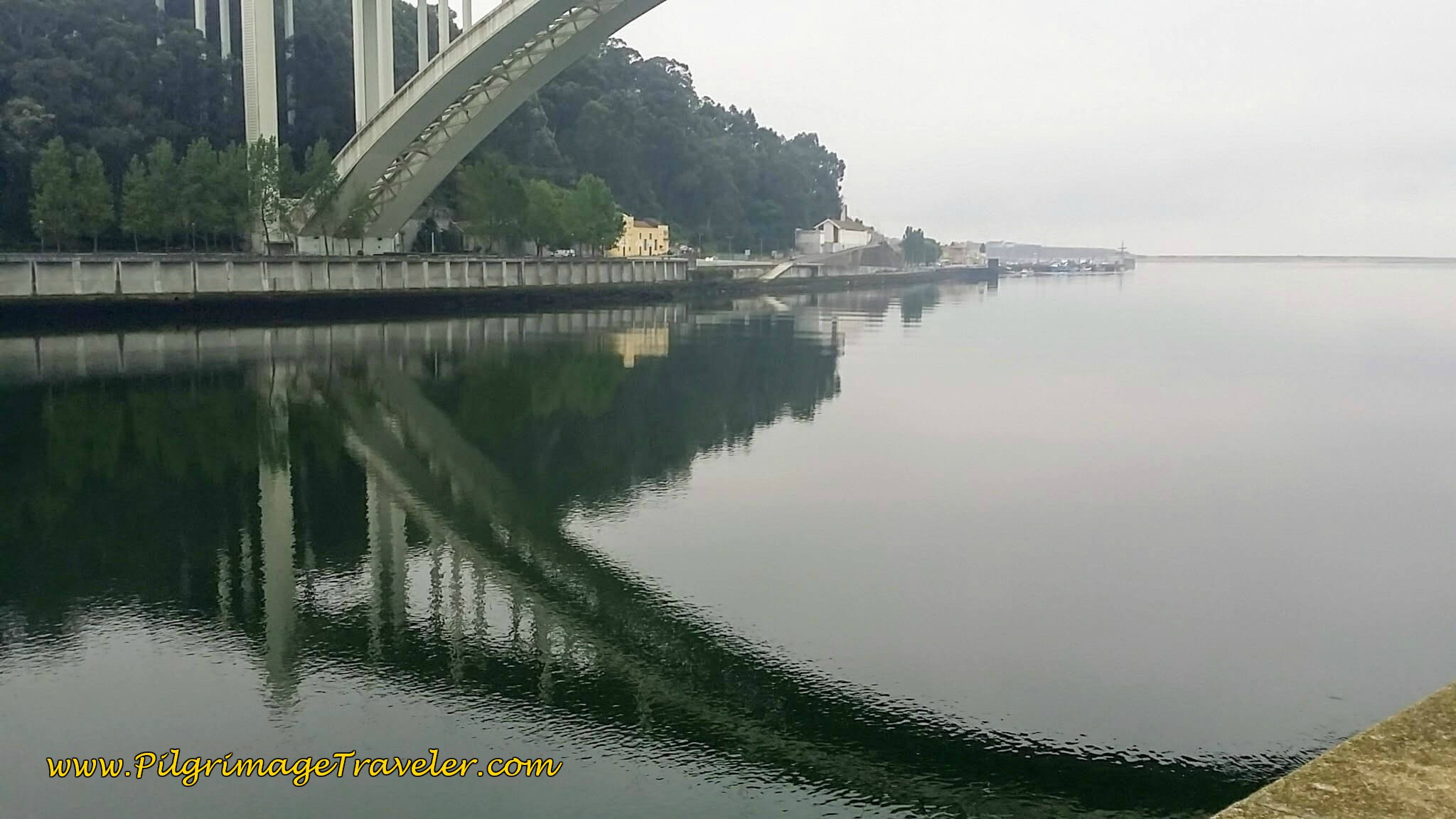

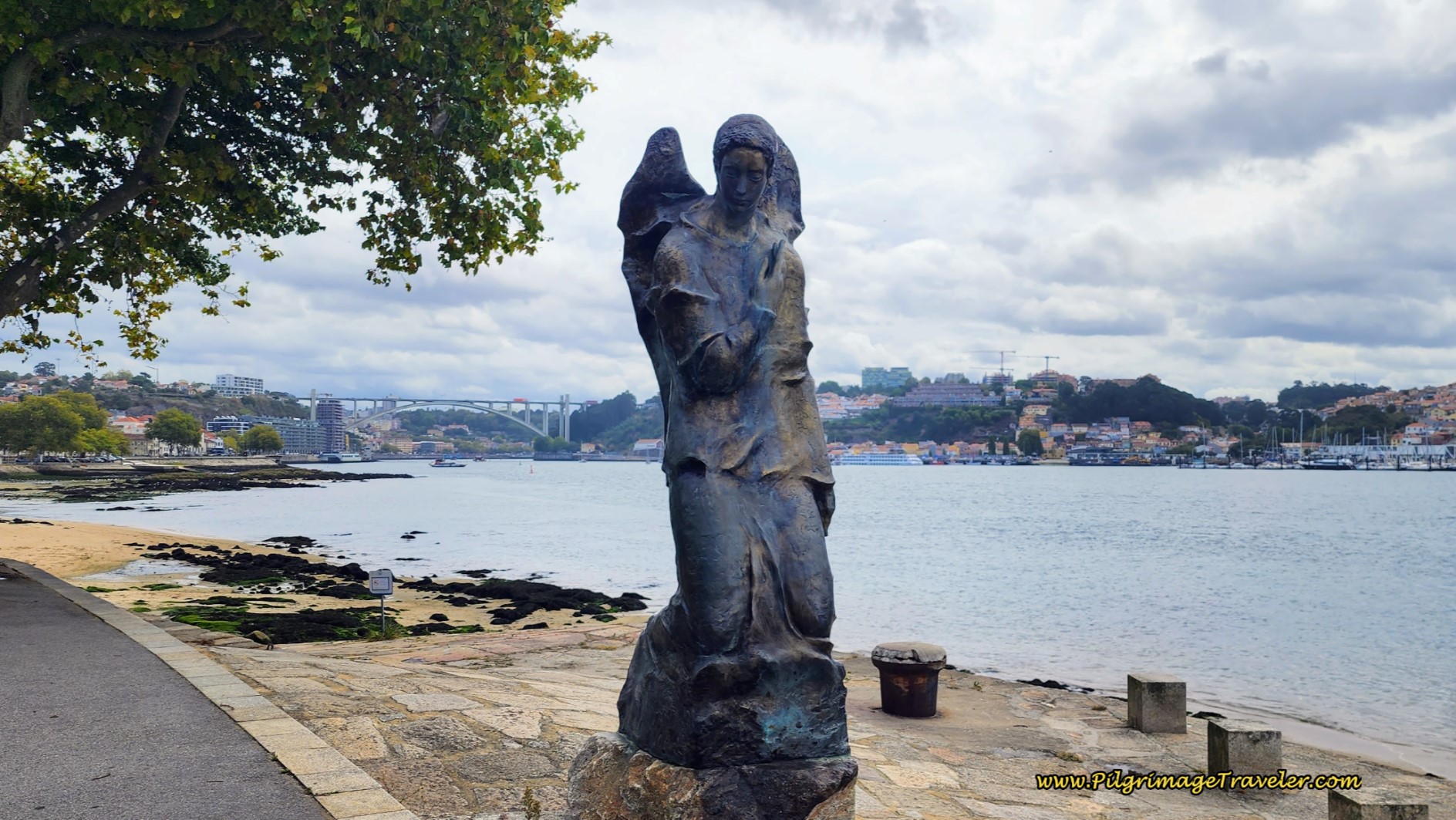
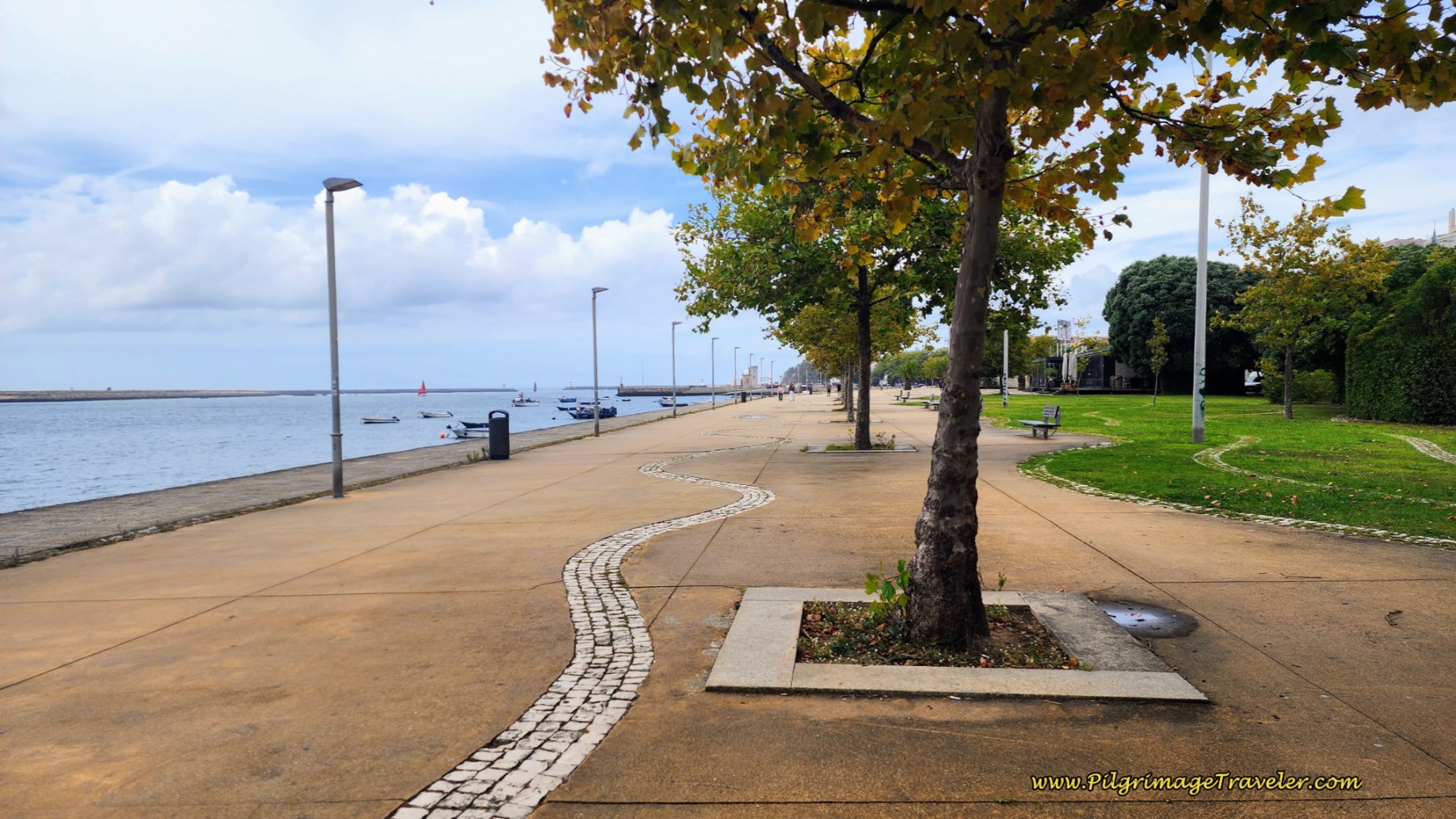


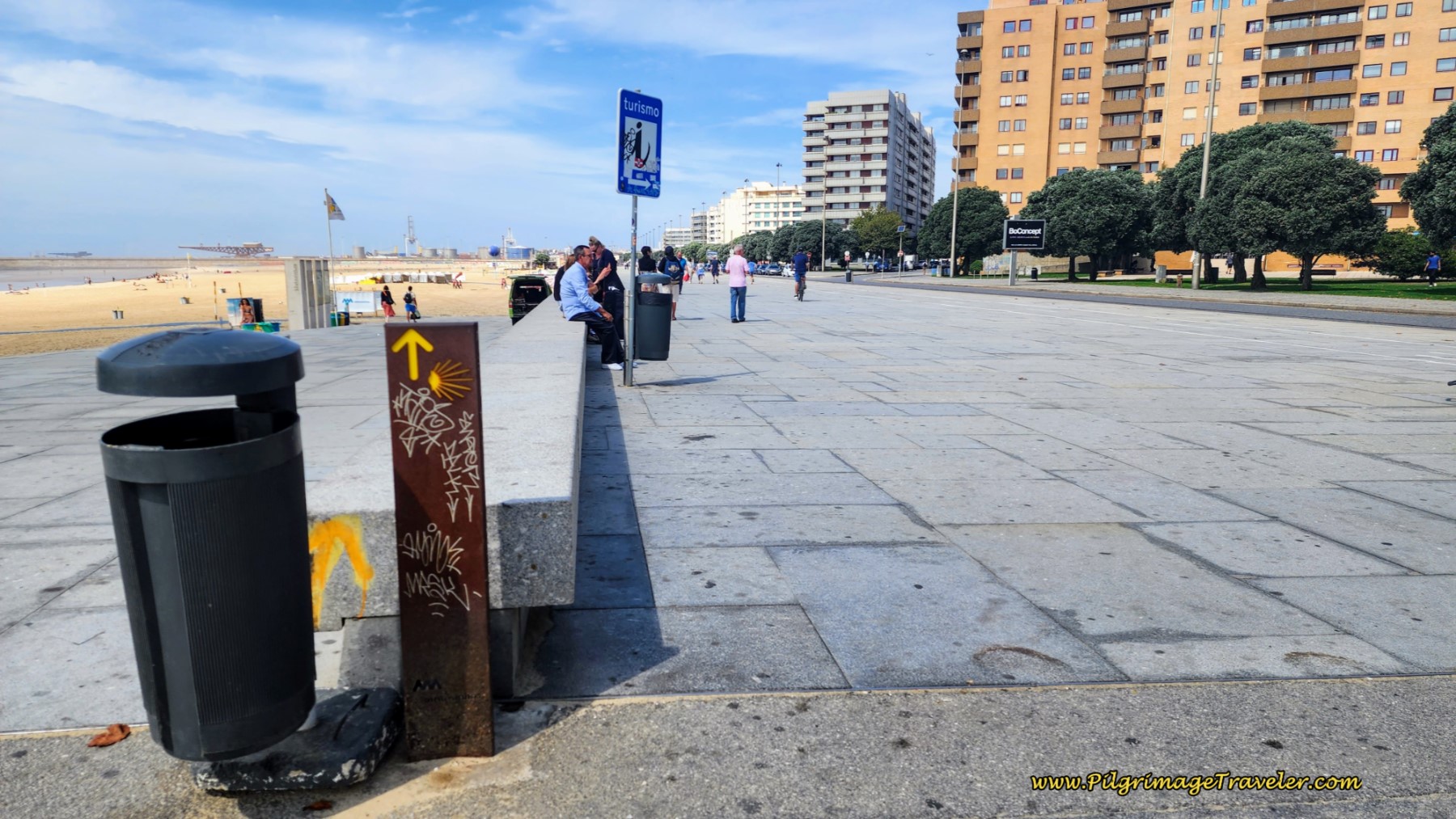

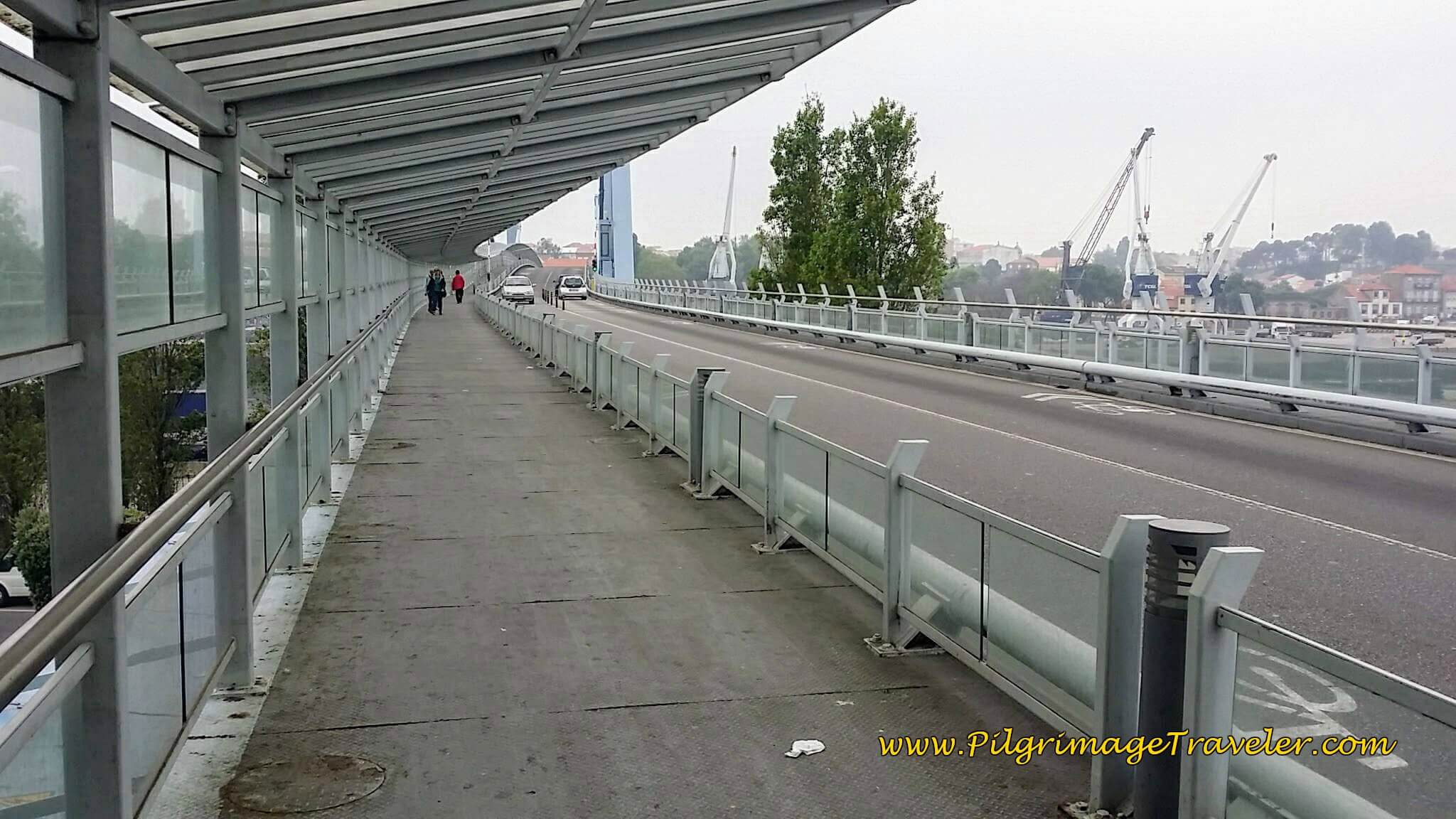




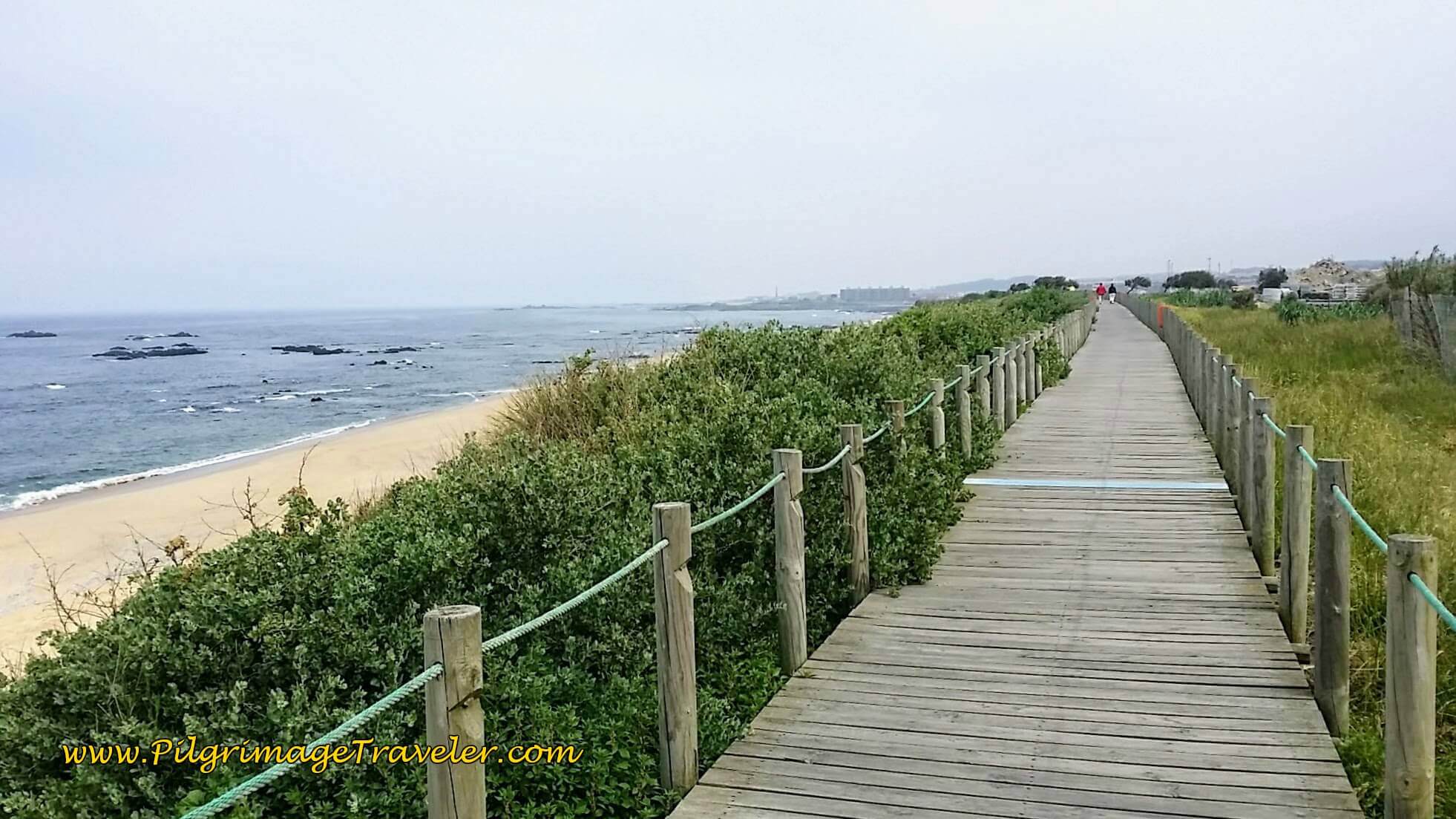

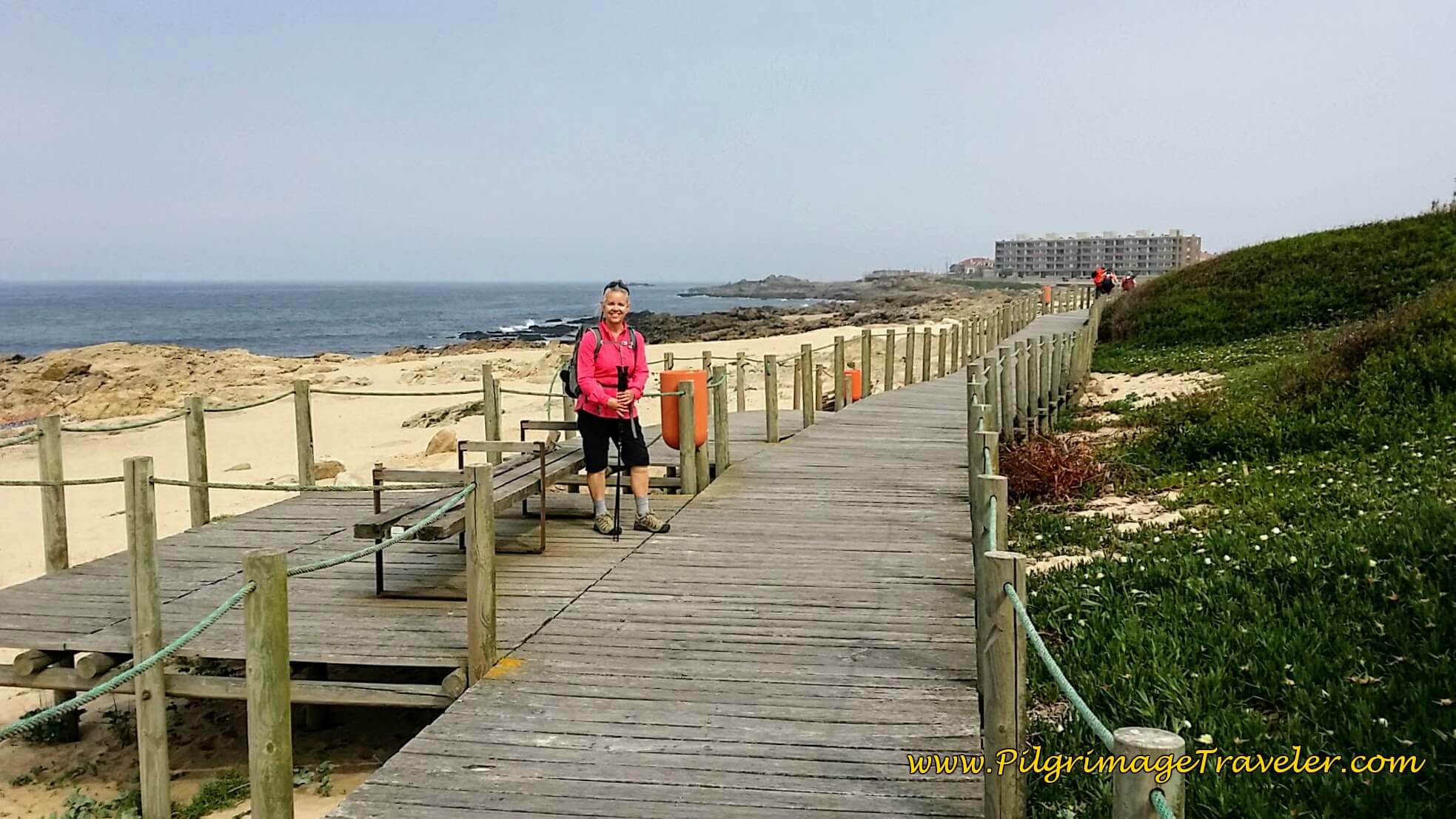

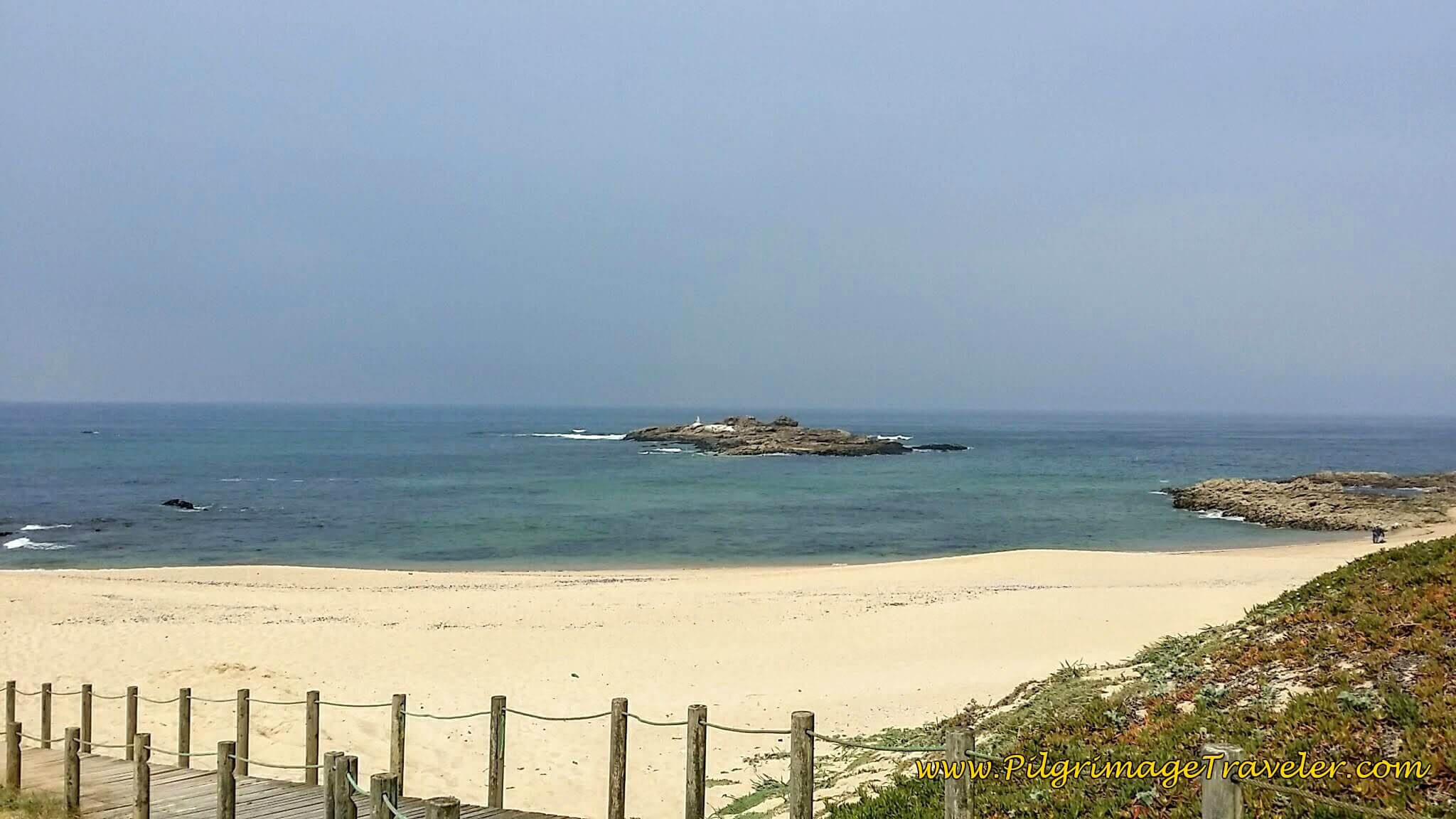
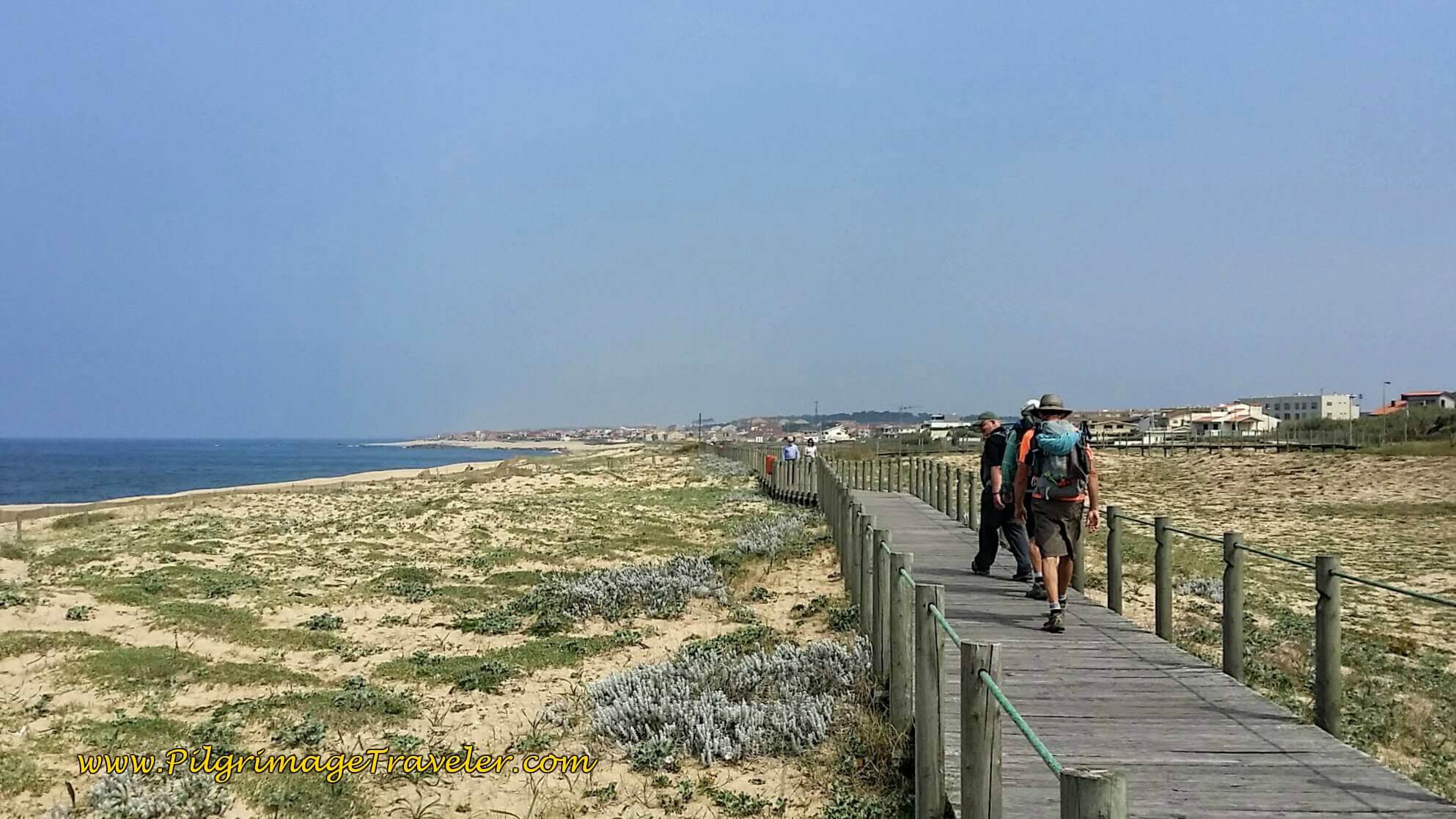

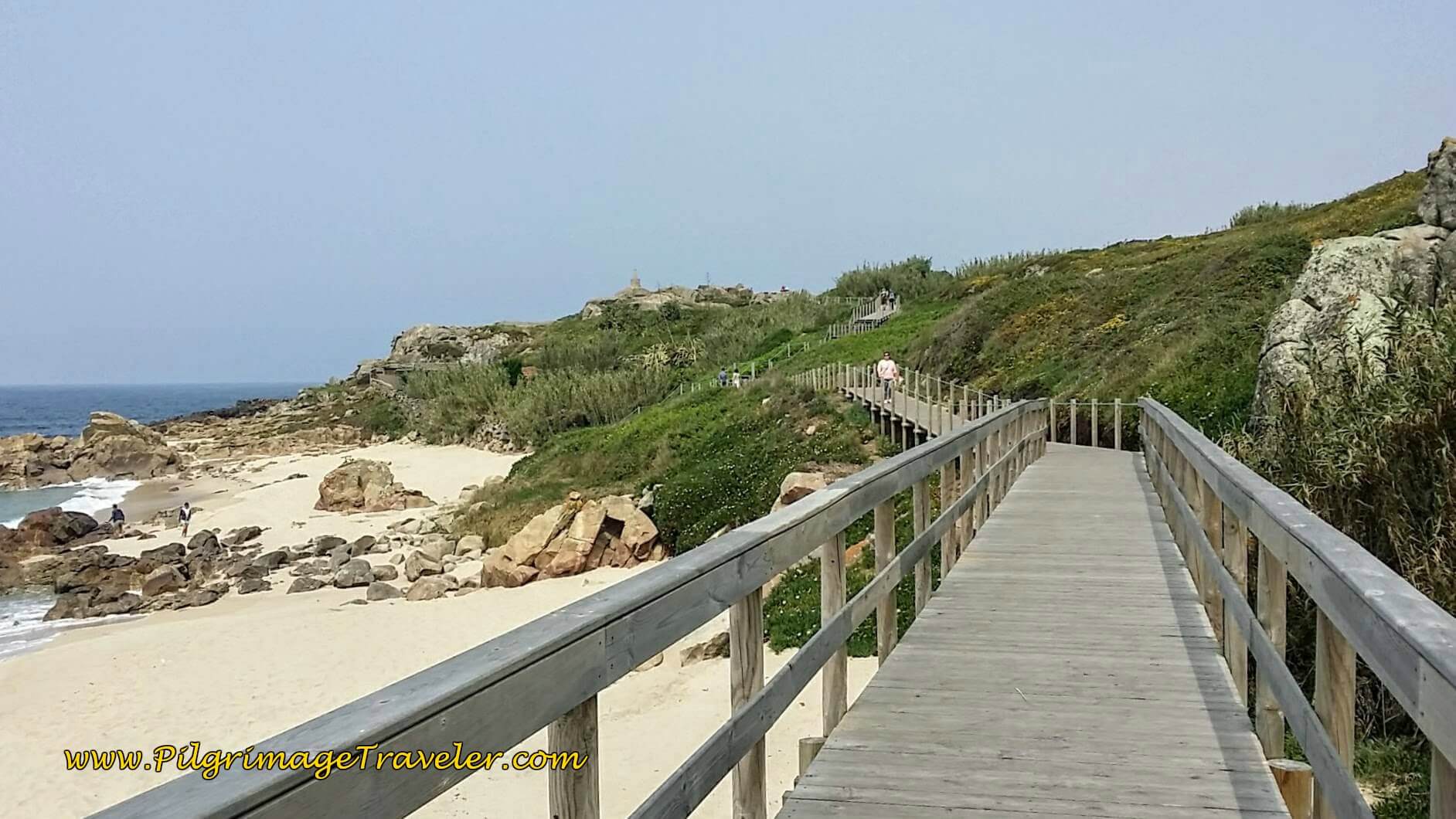

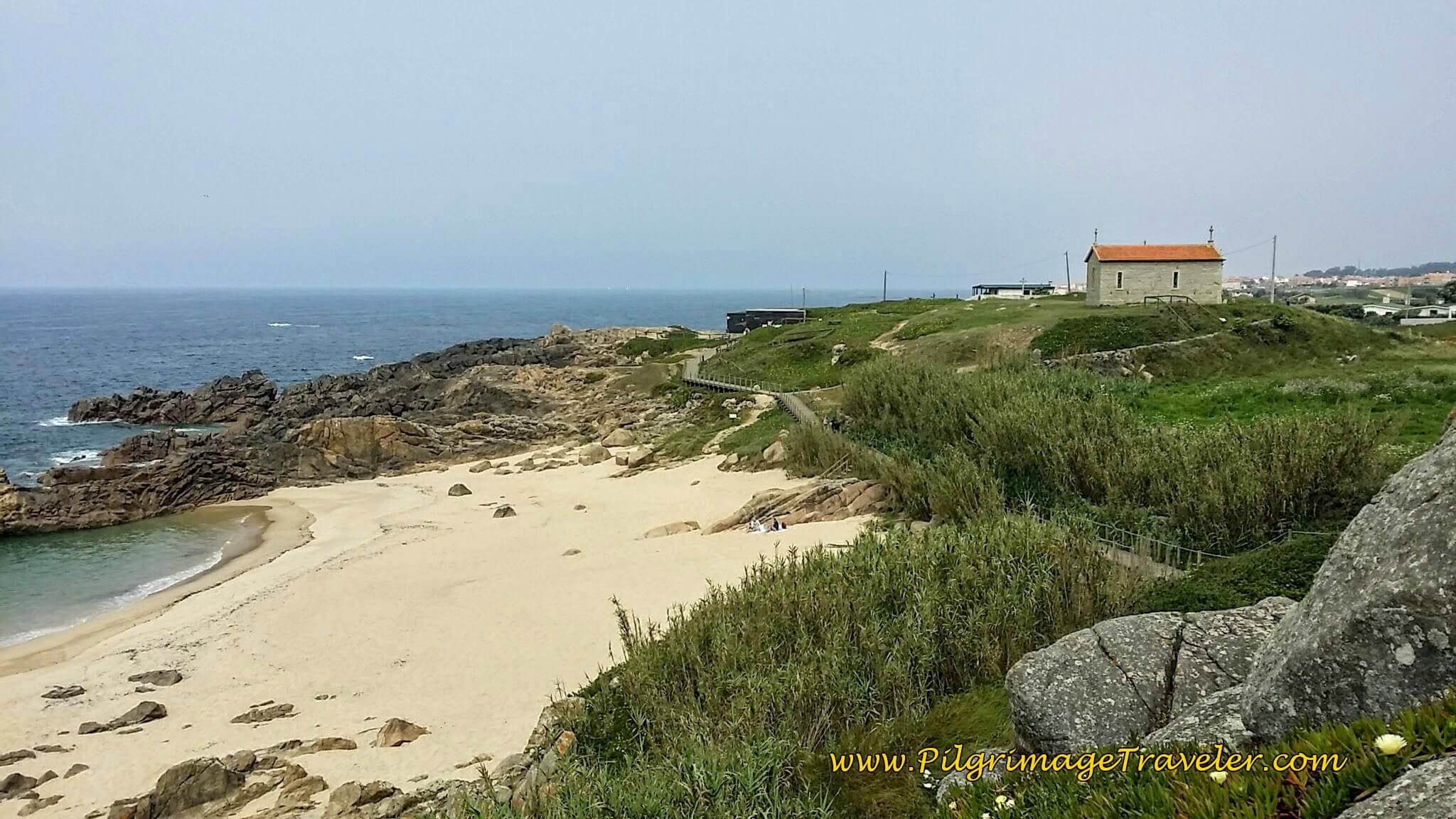


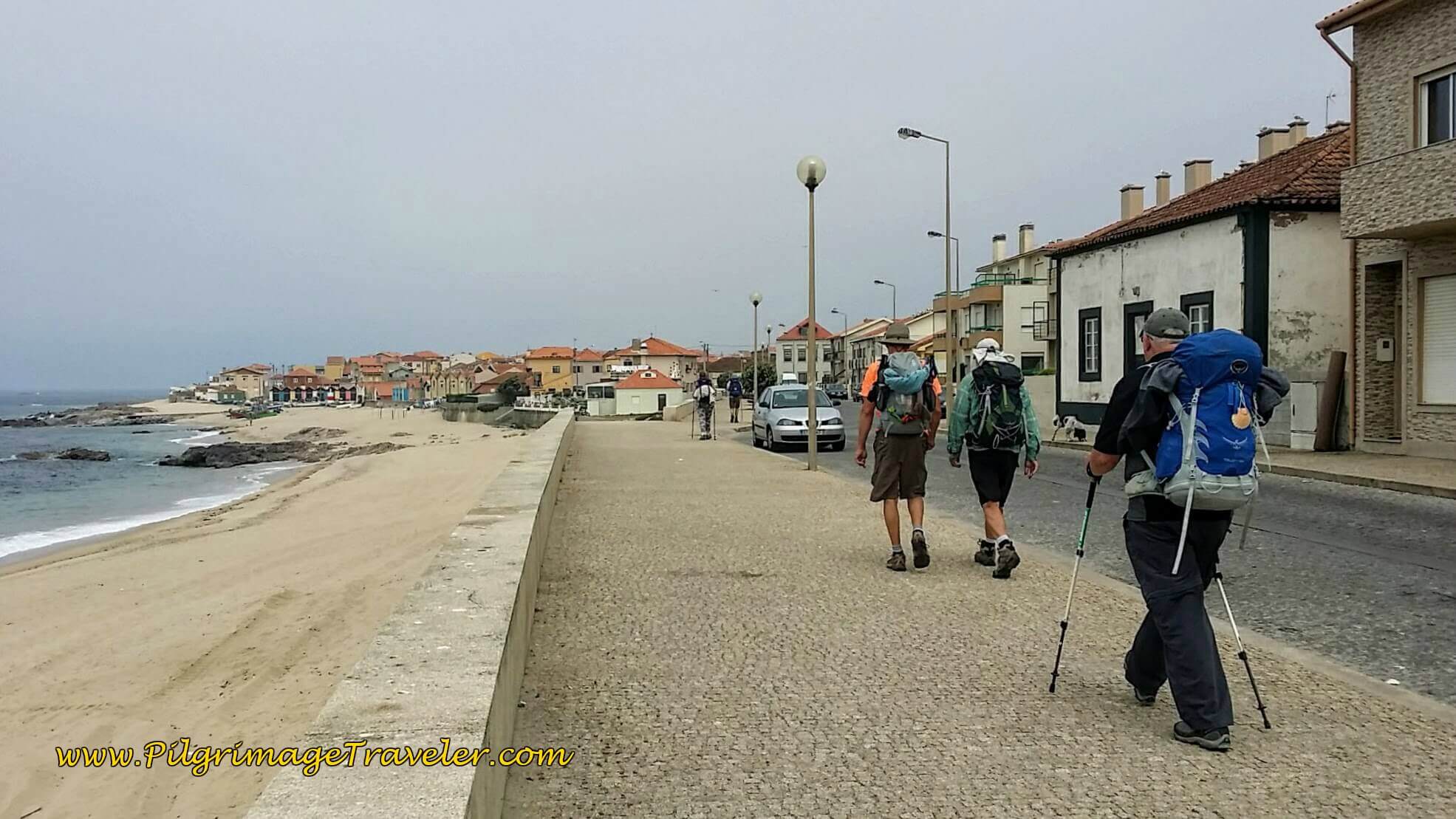
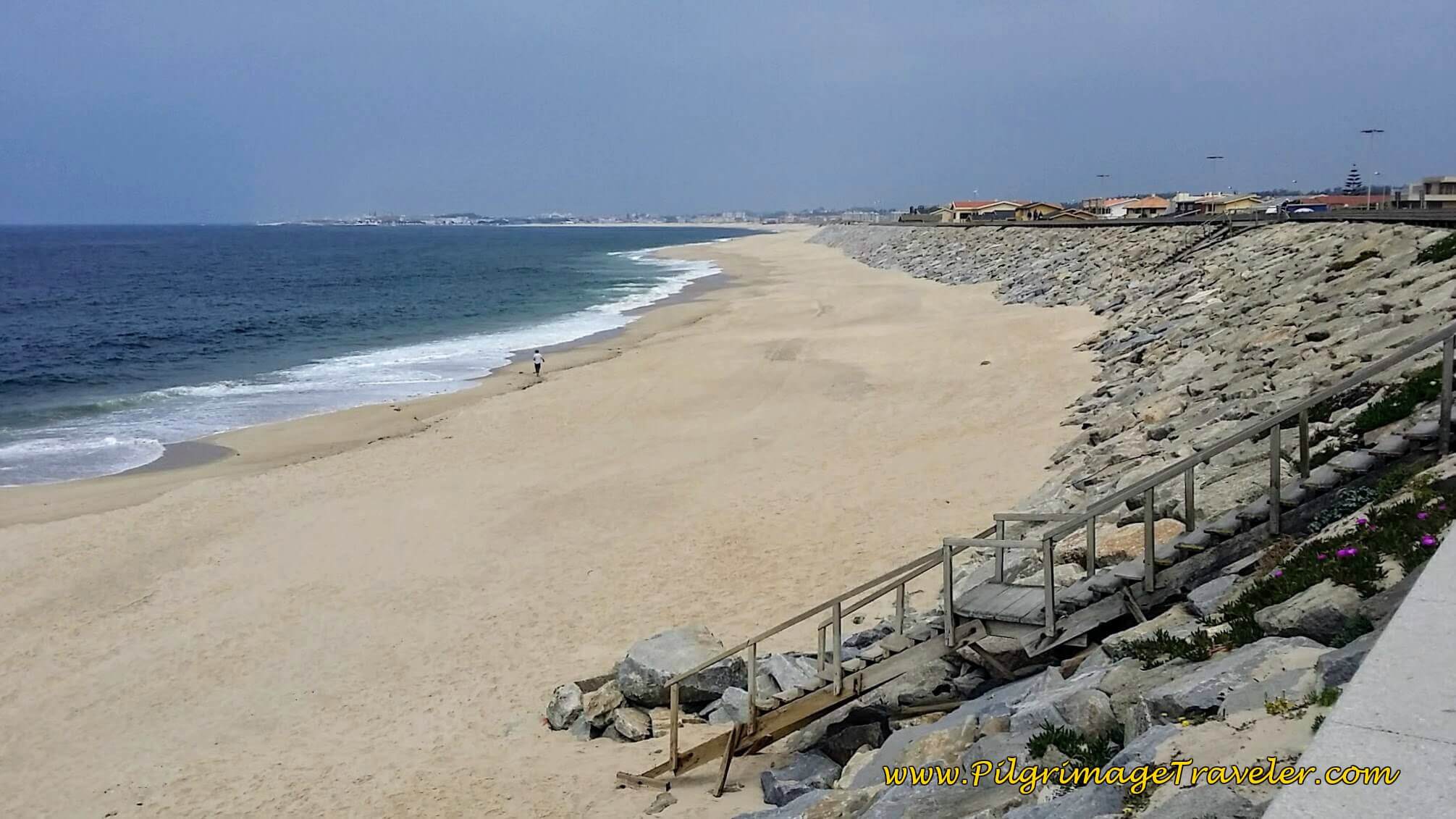











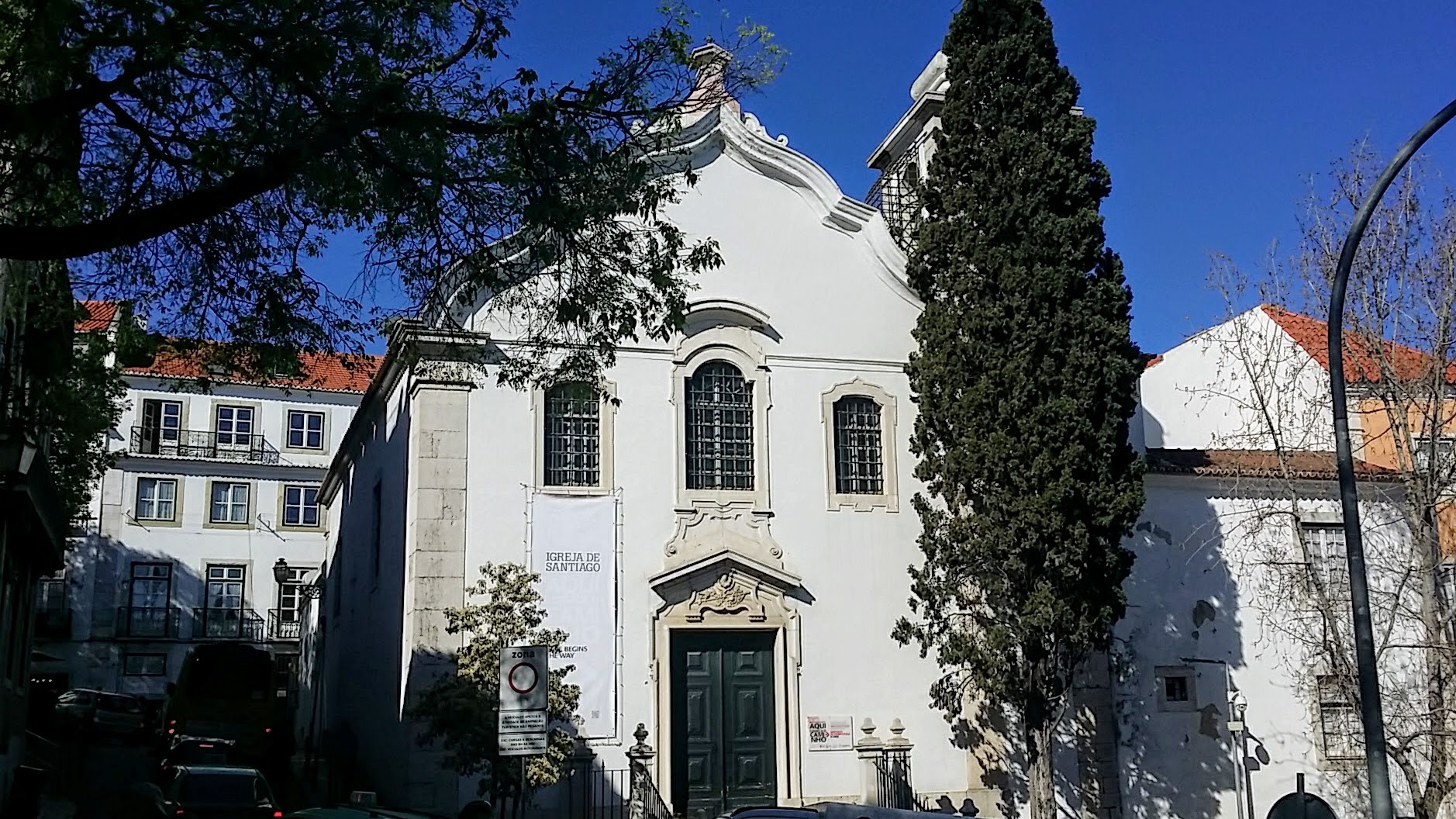






























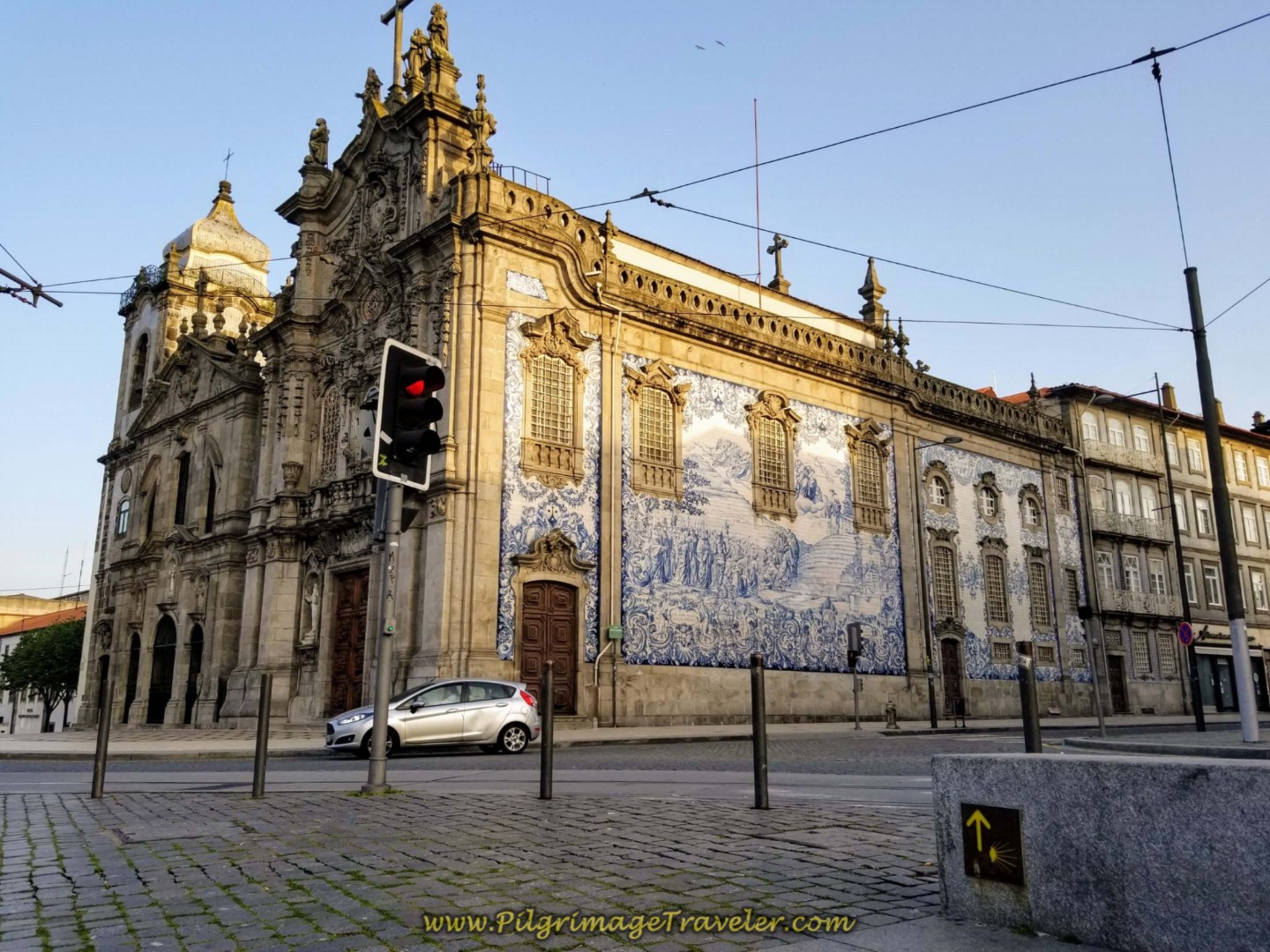











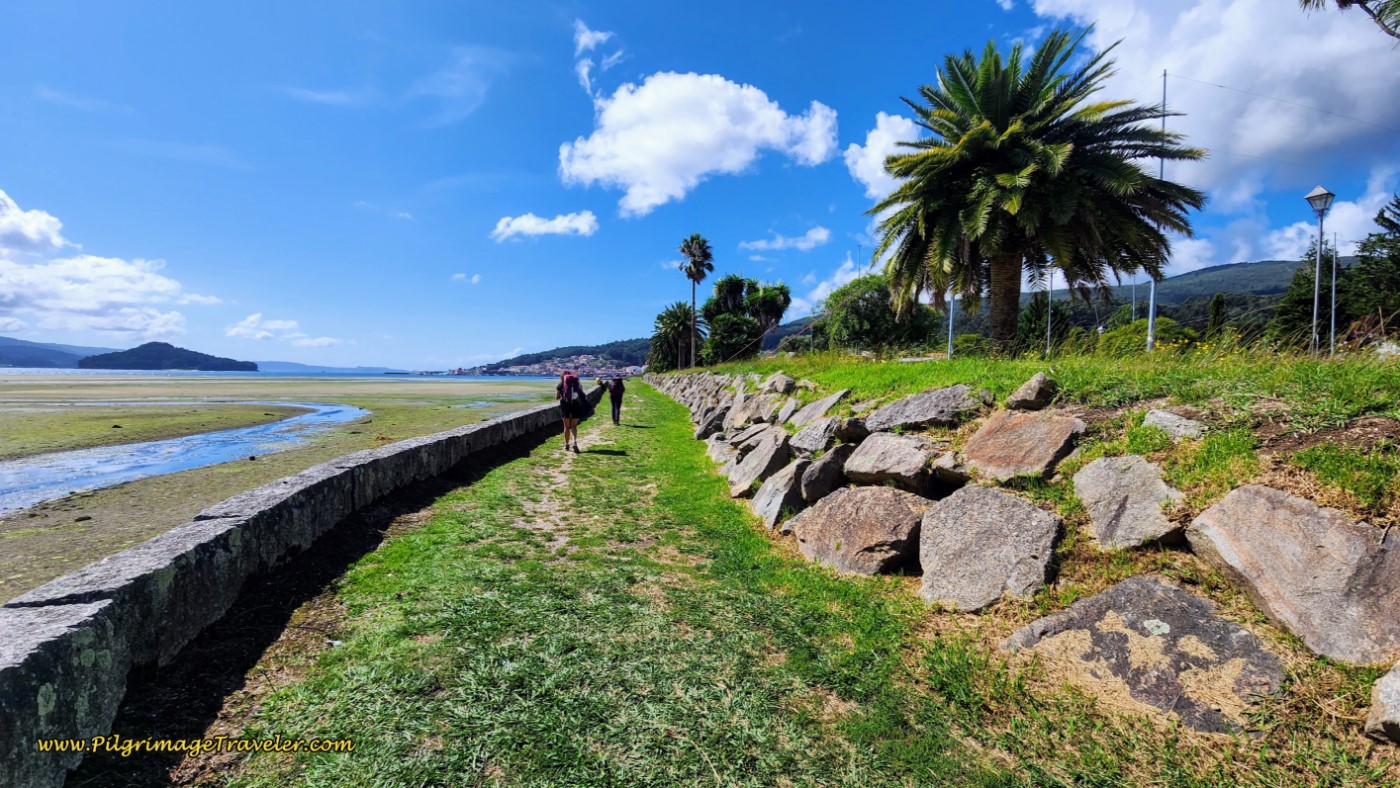







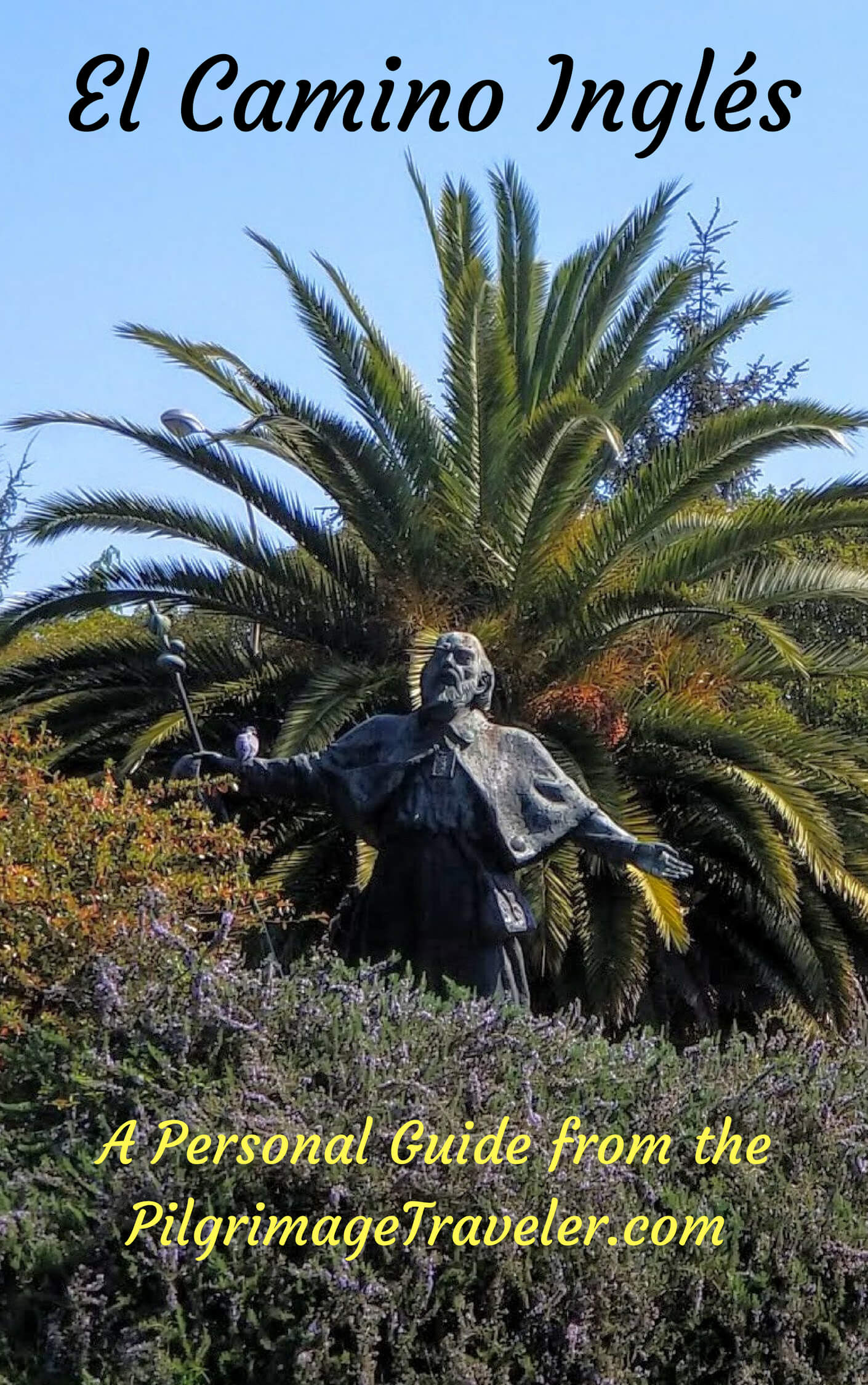







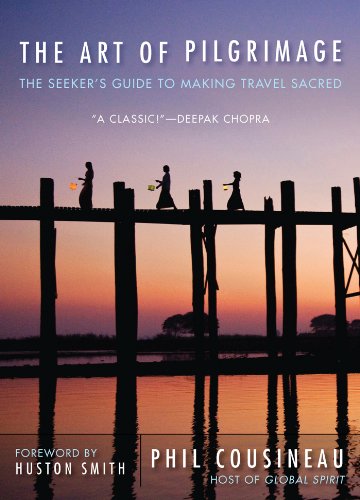


Your Opinion Matters! Comments
Have you had a similar experience, have some advice to give, or have something else you'd like to share? We would love to hear from you! Please leave us a comment in the box below.